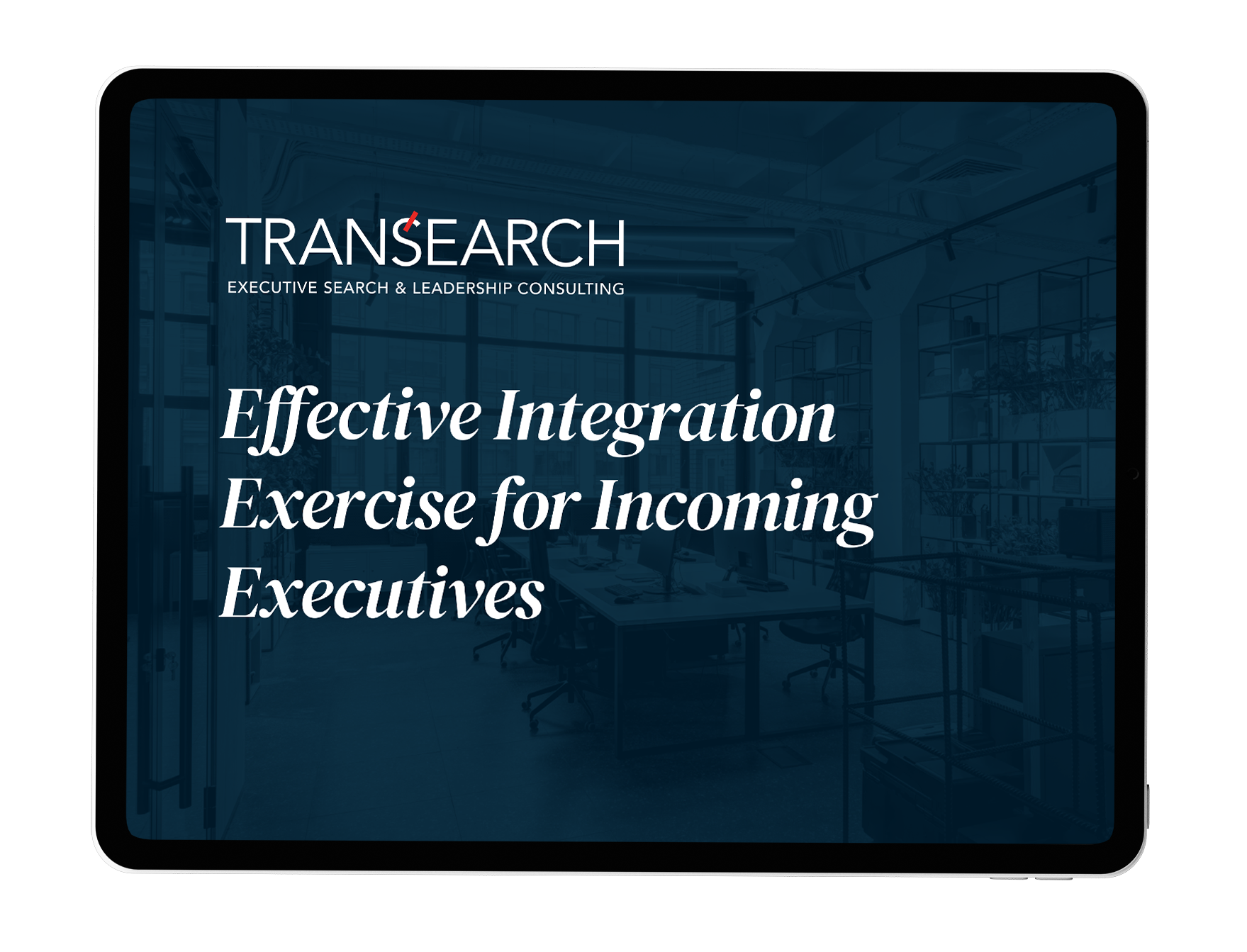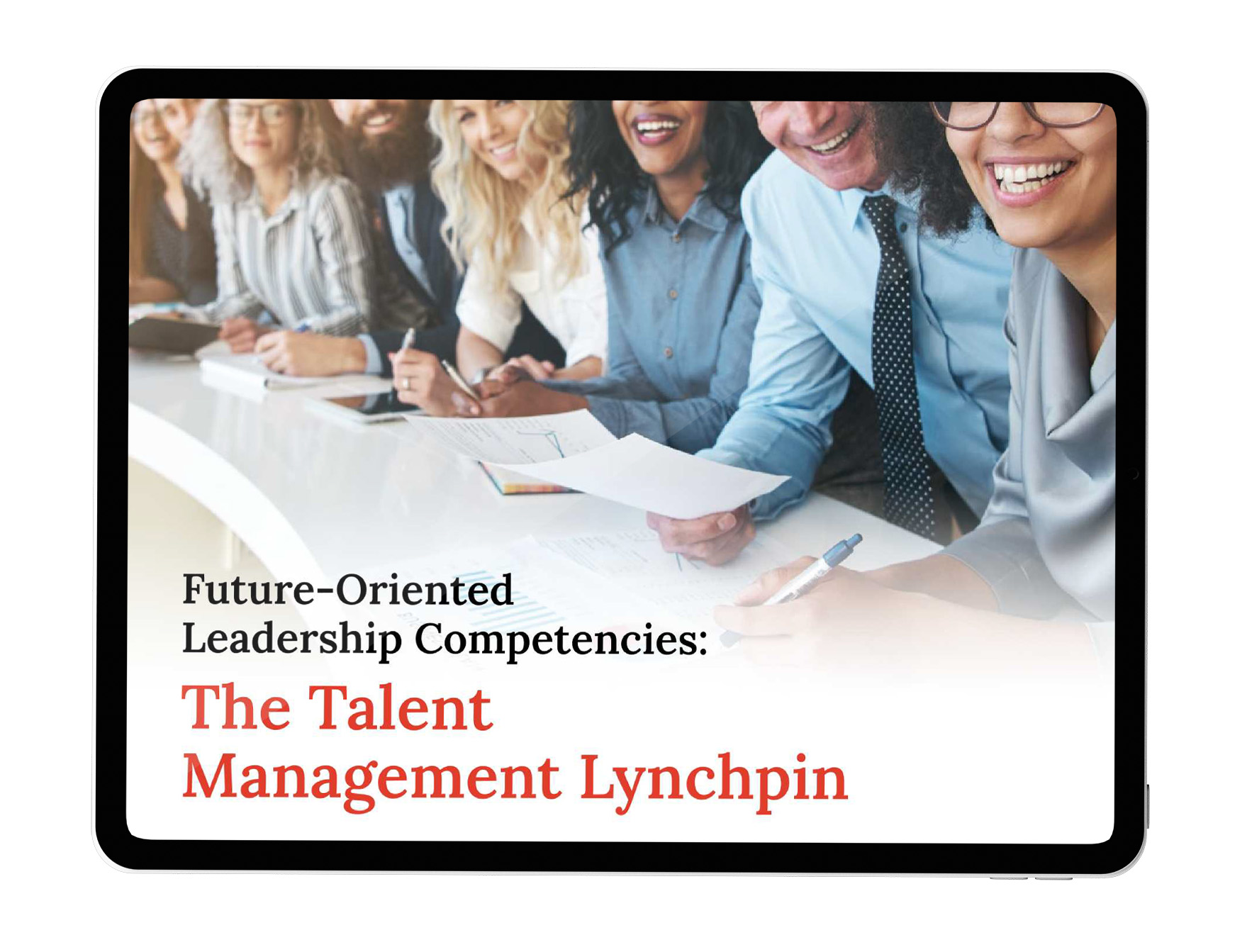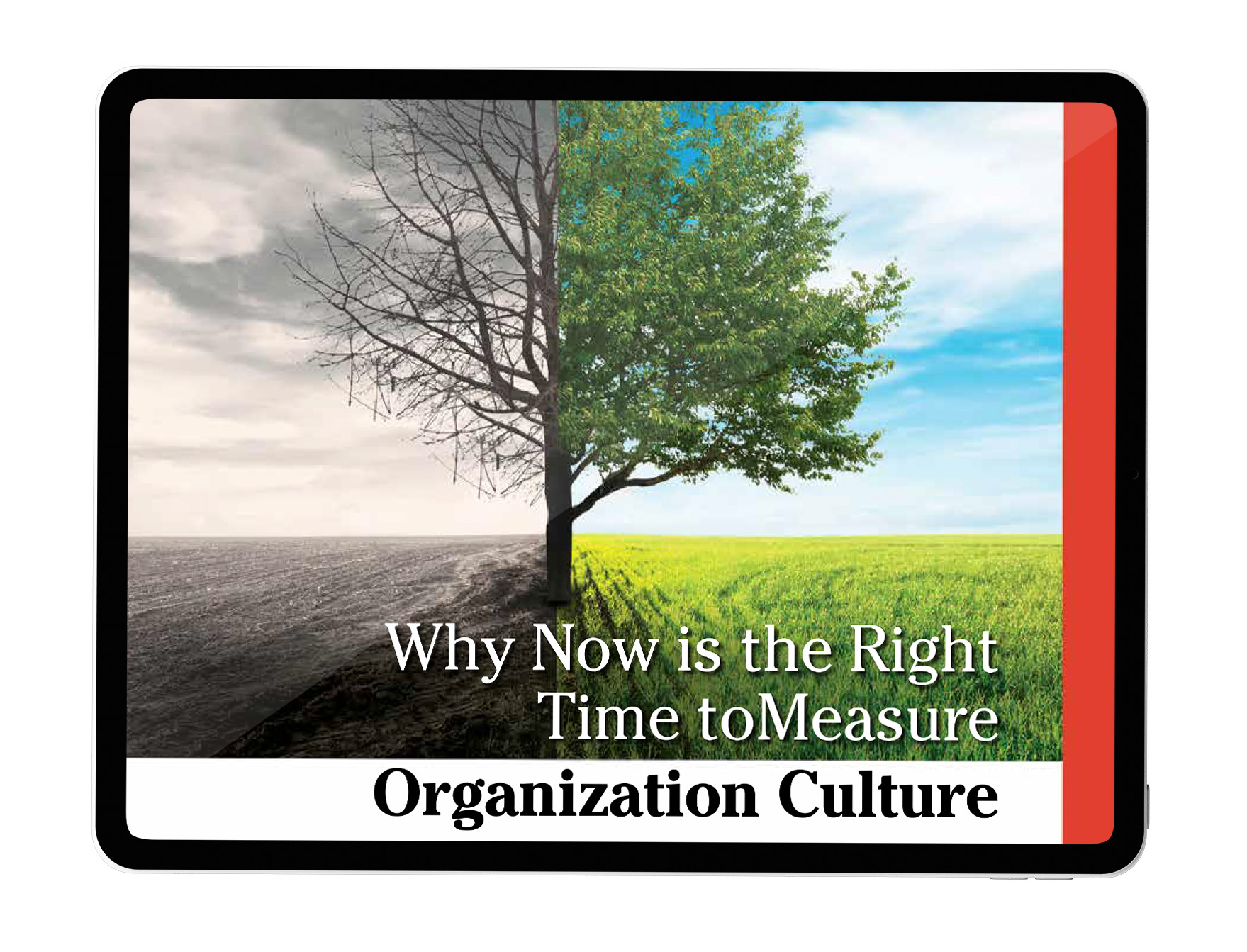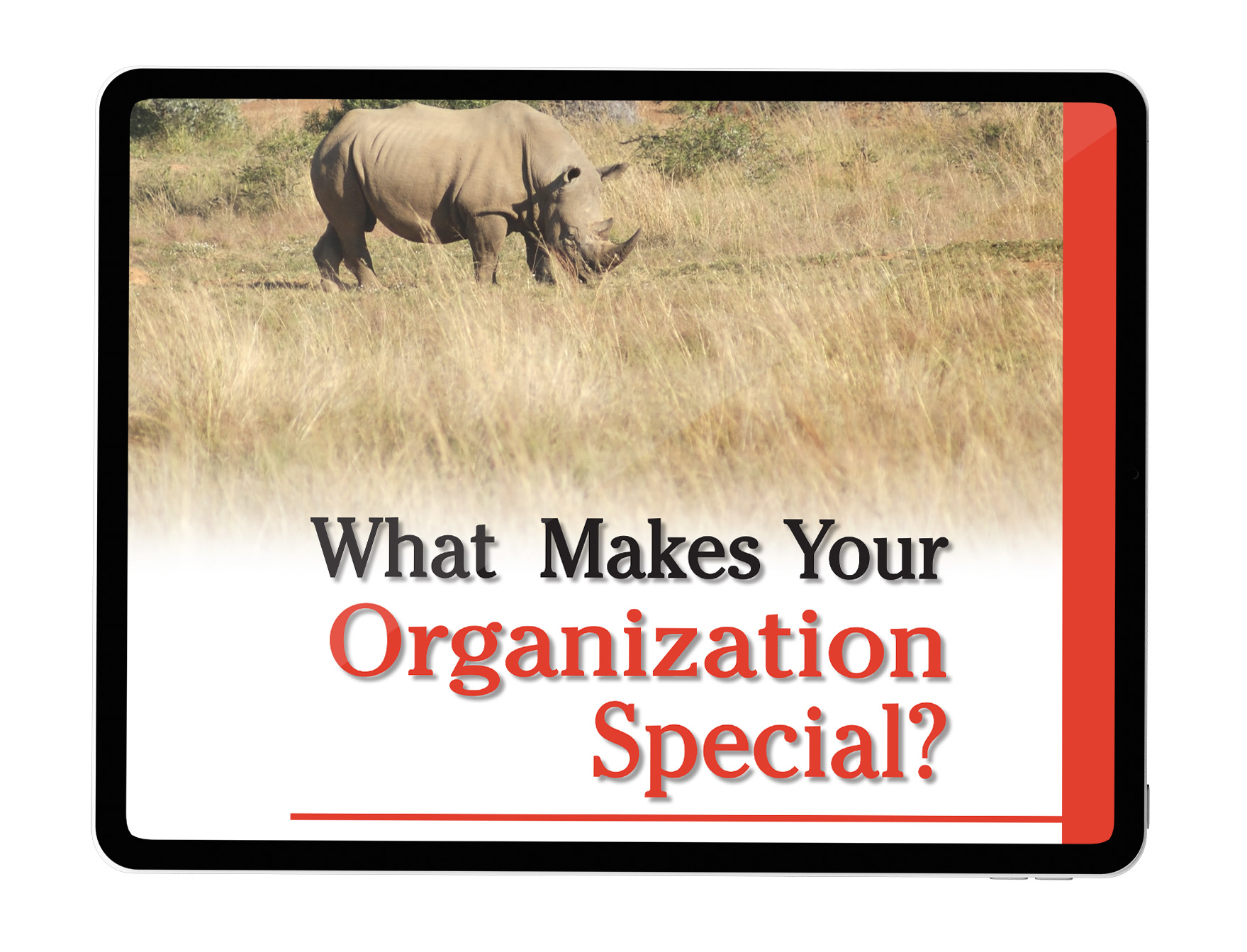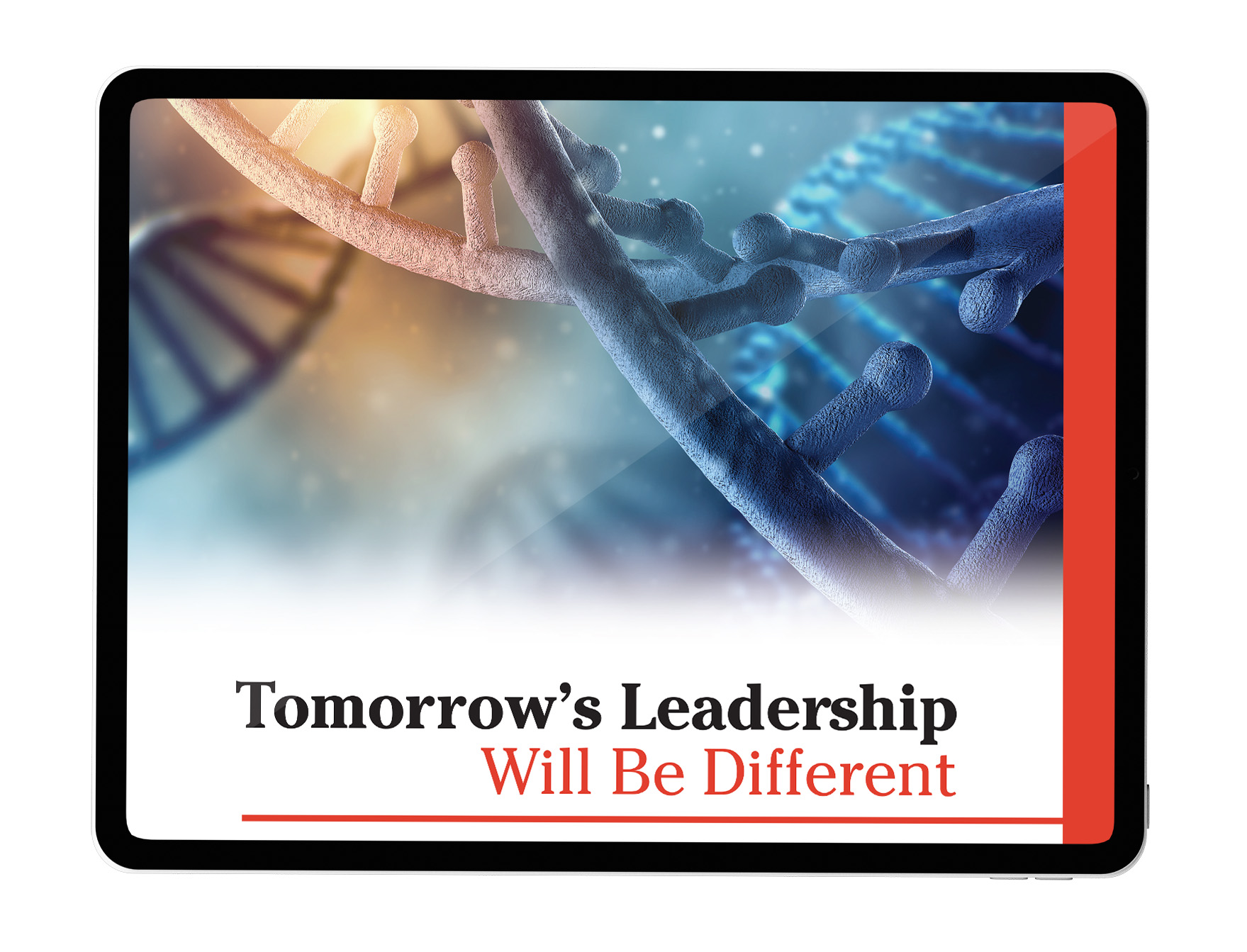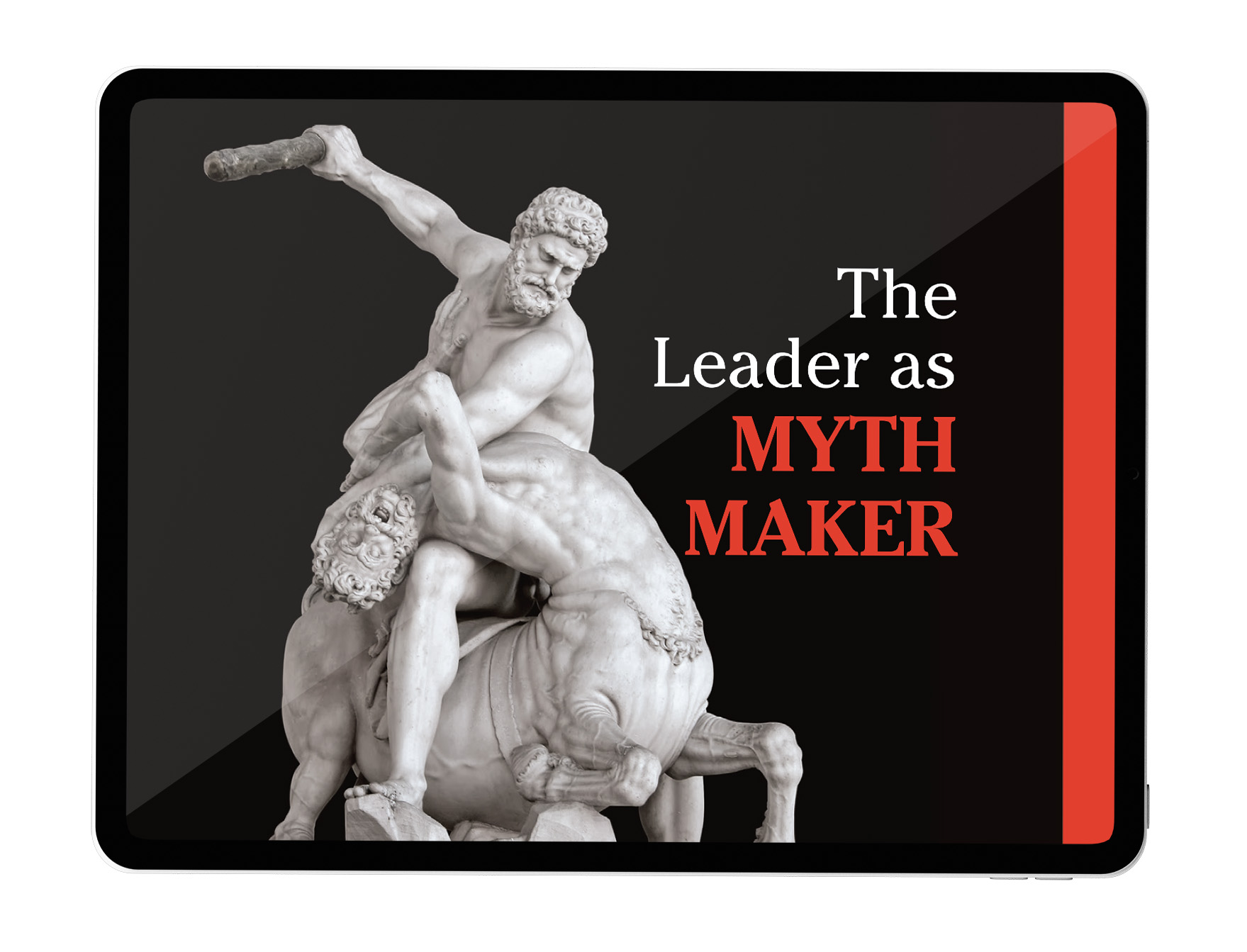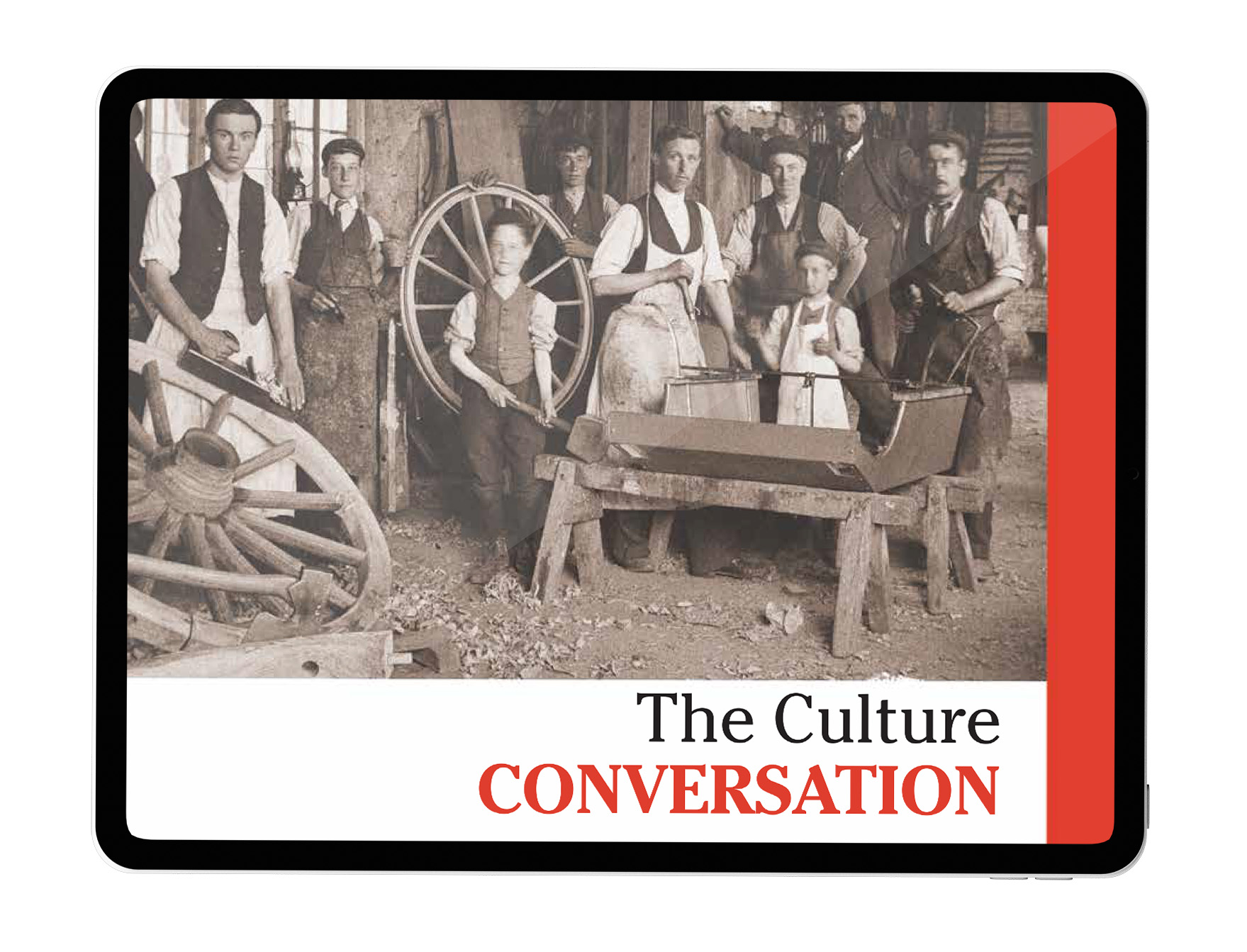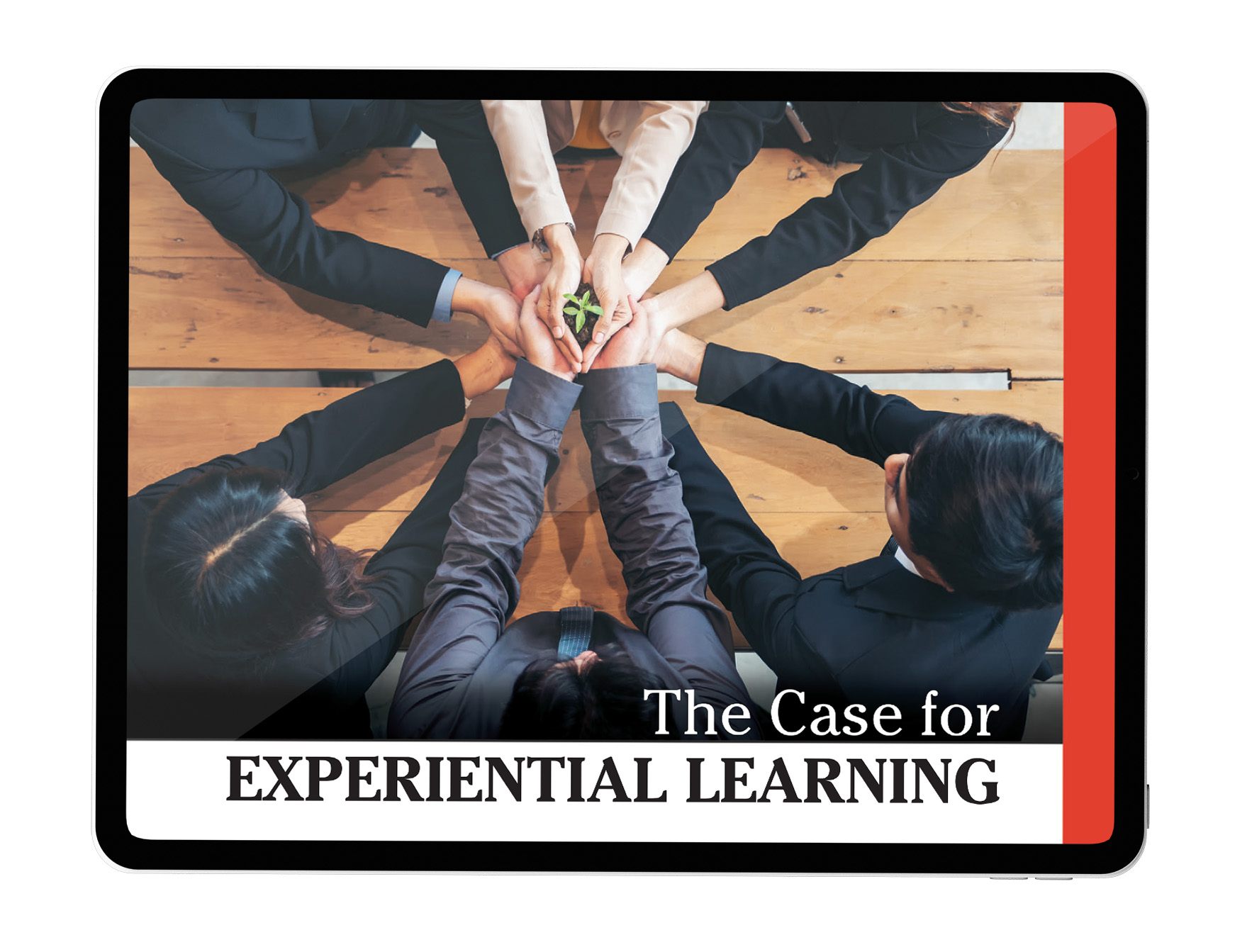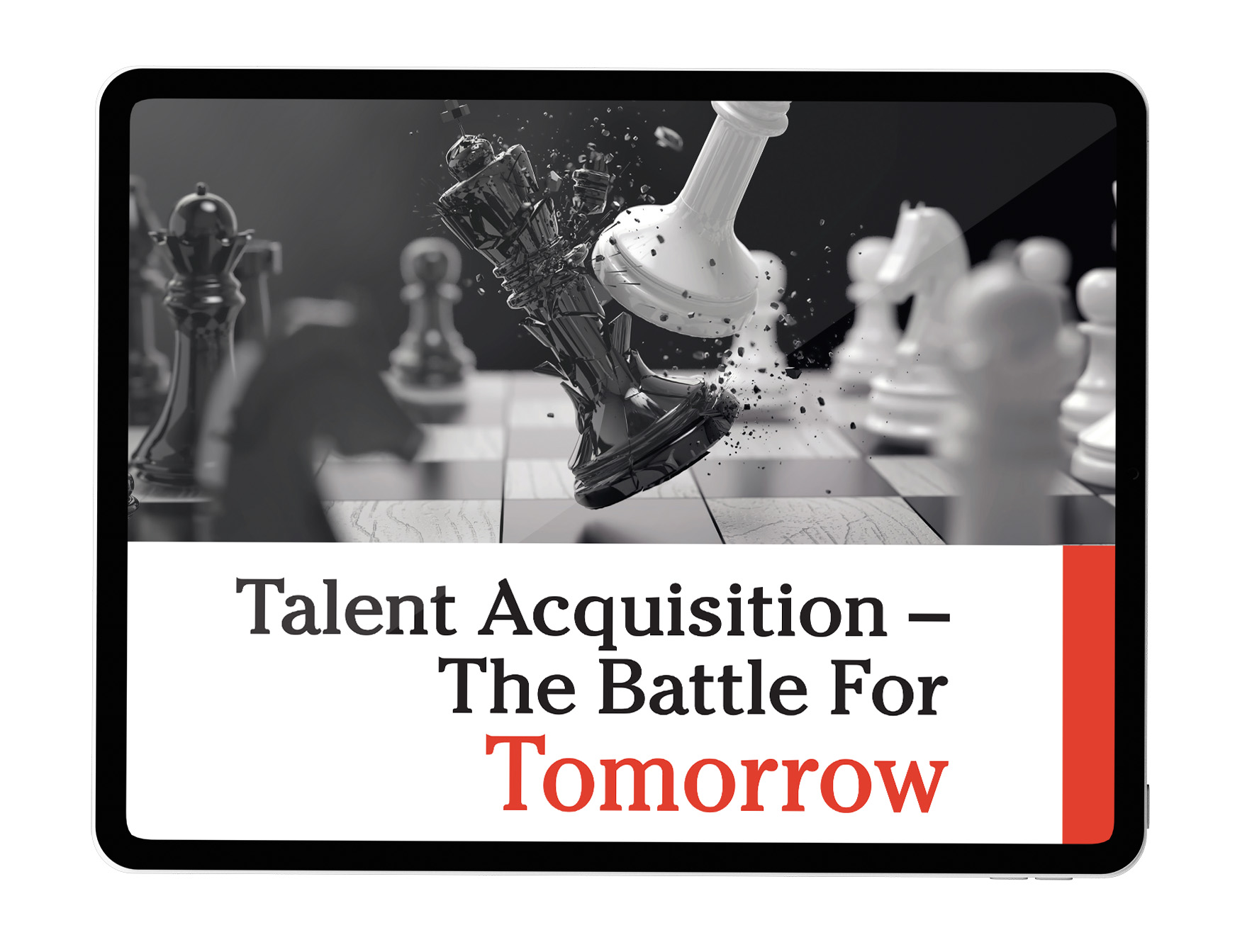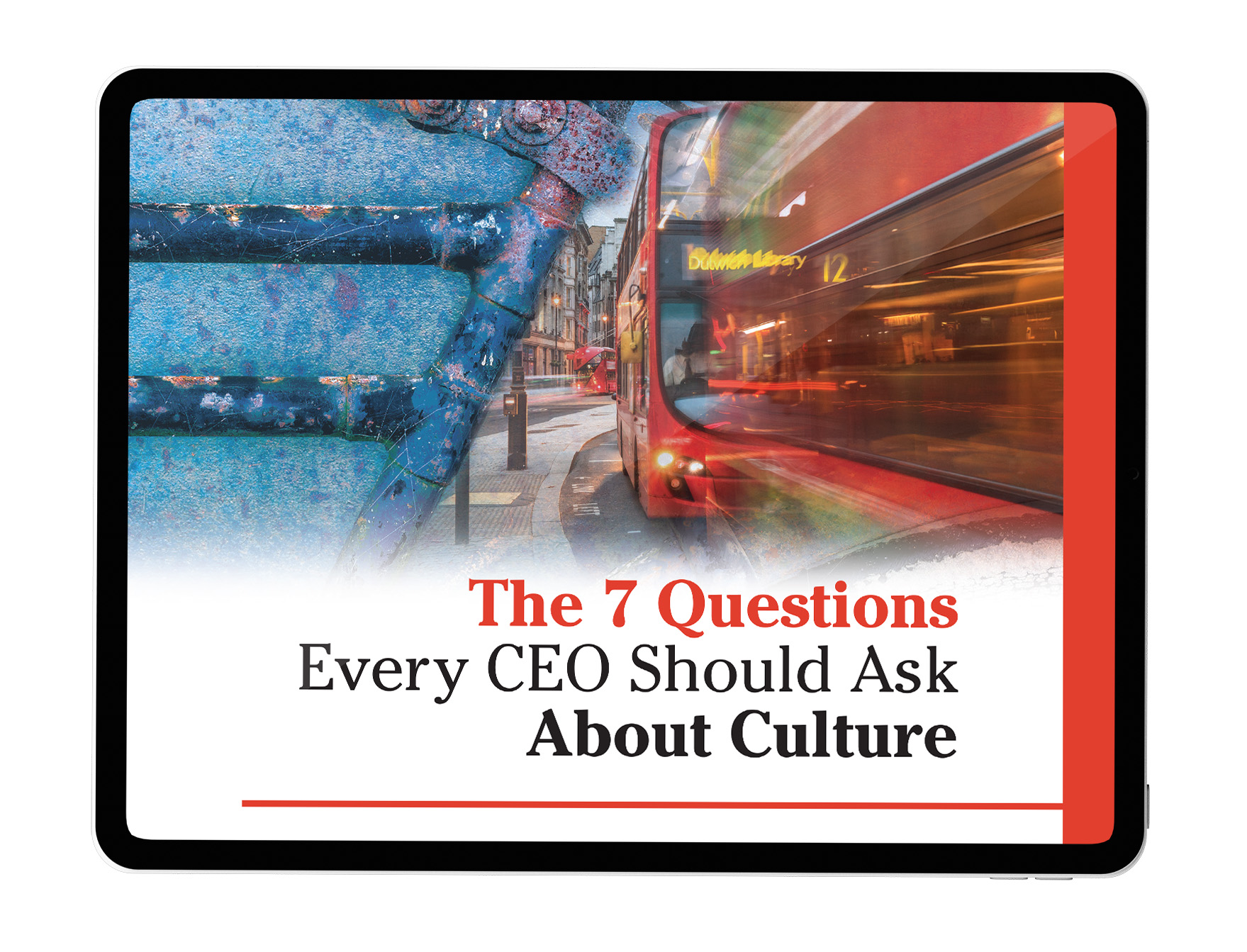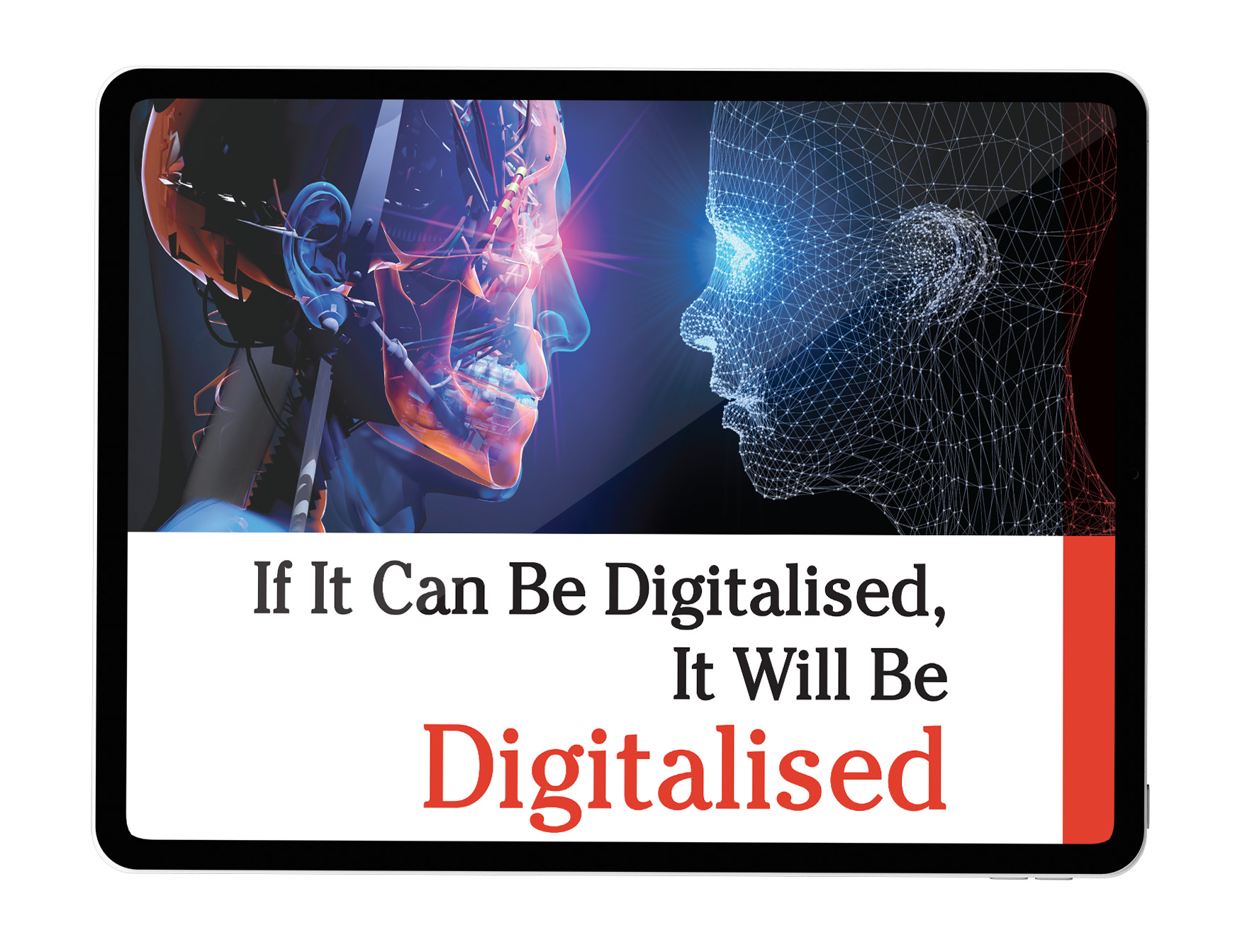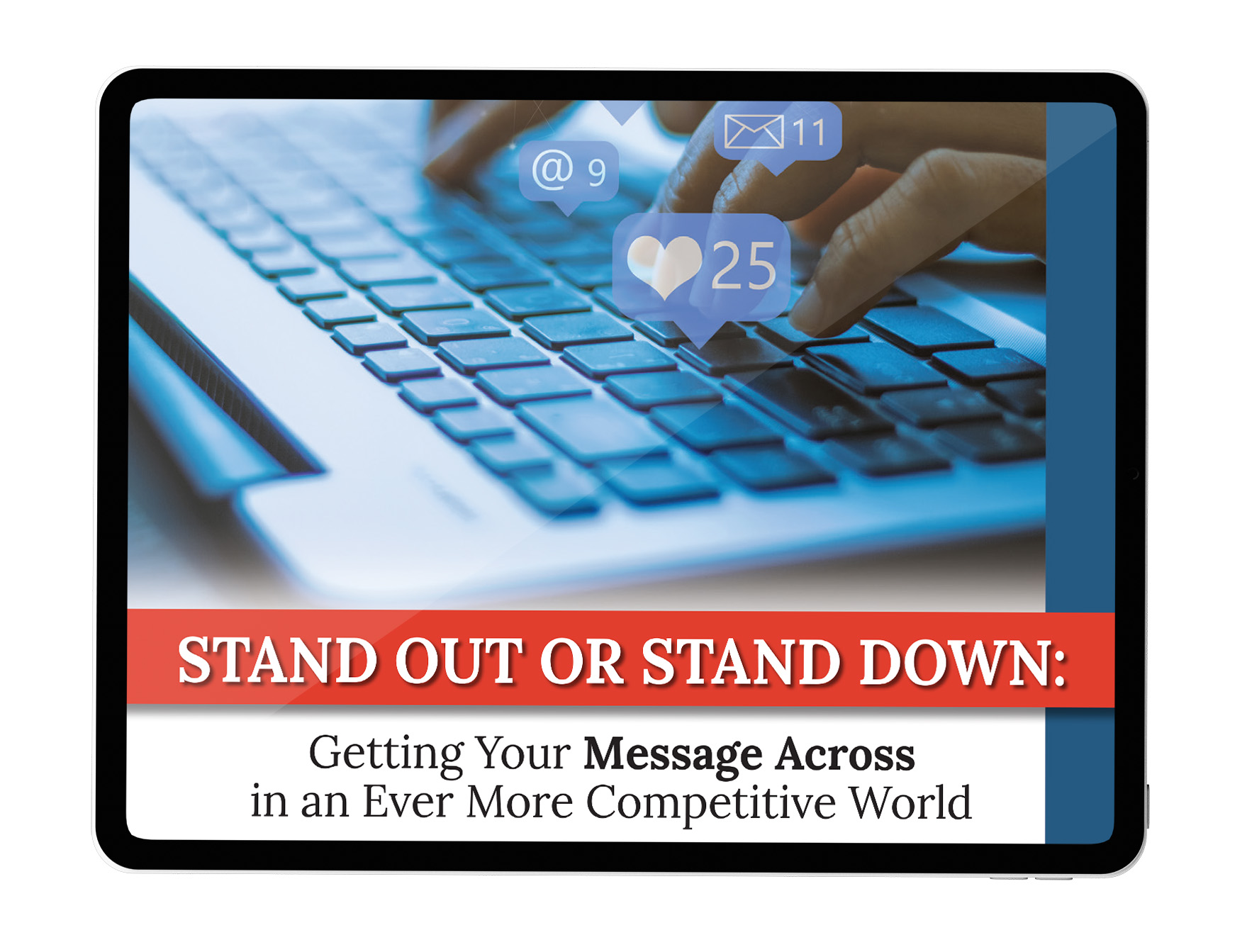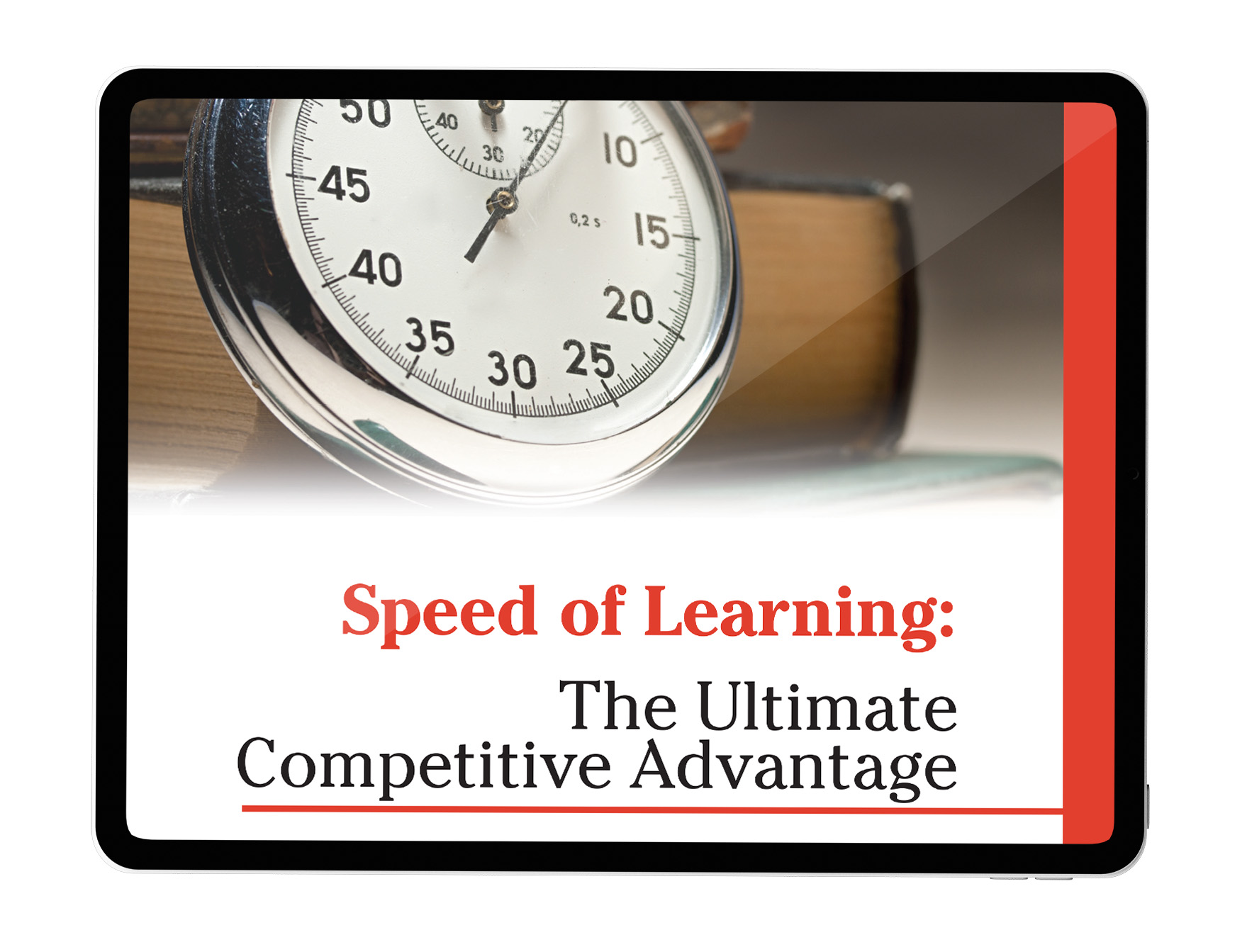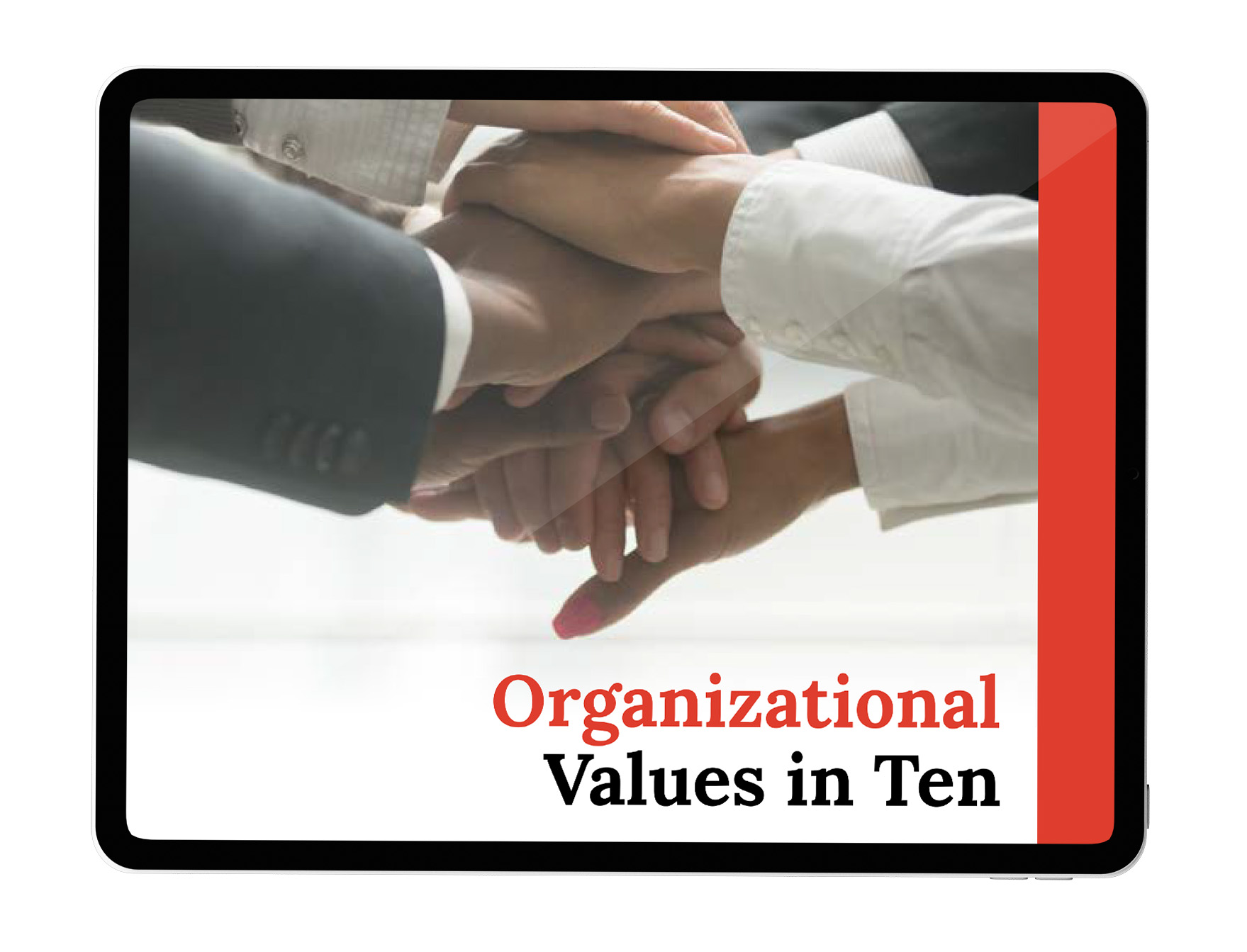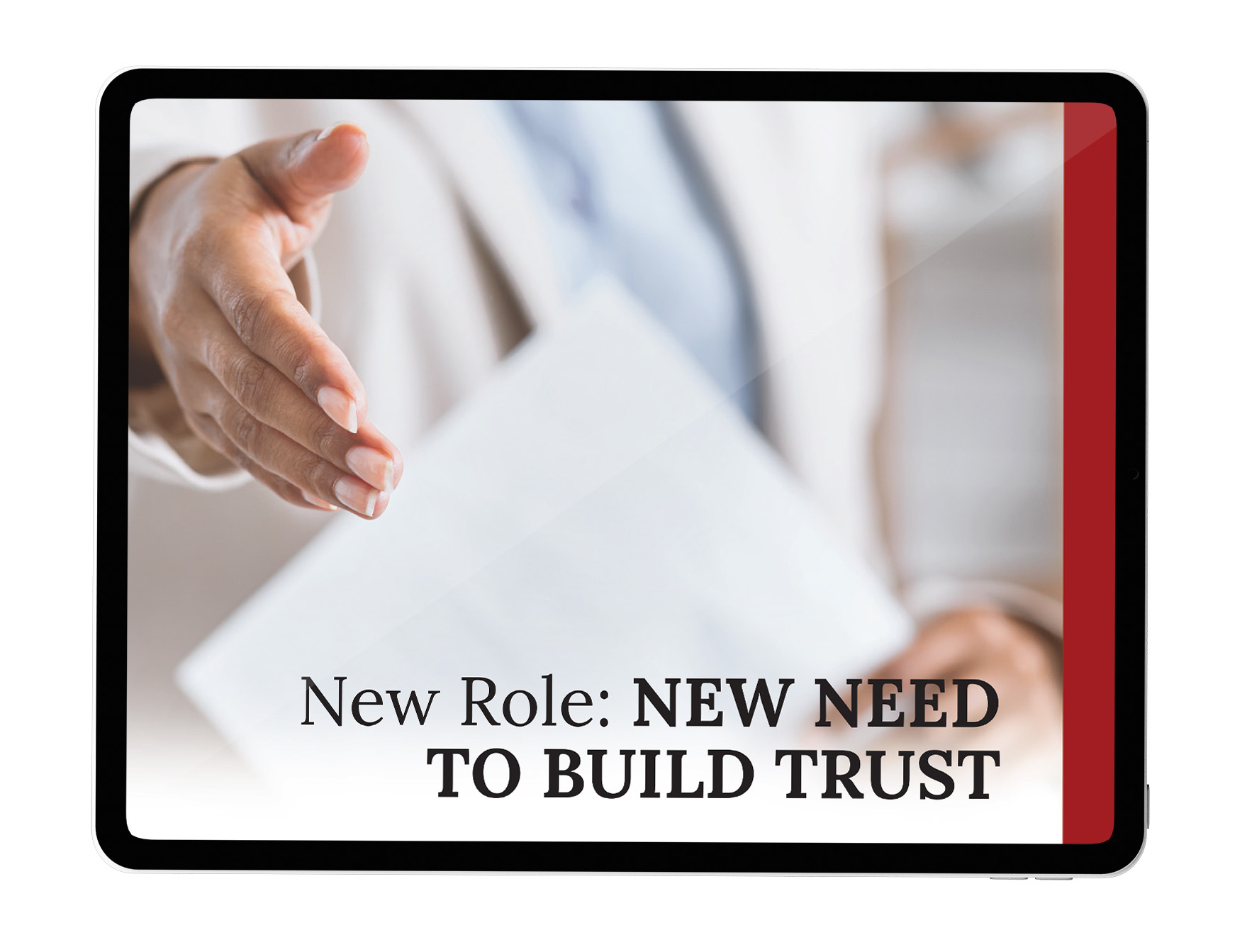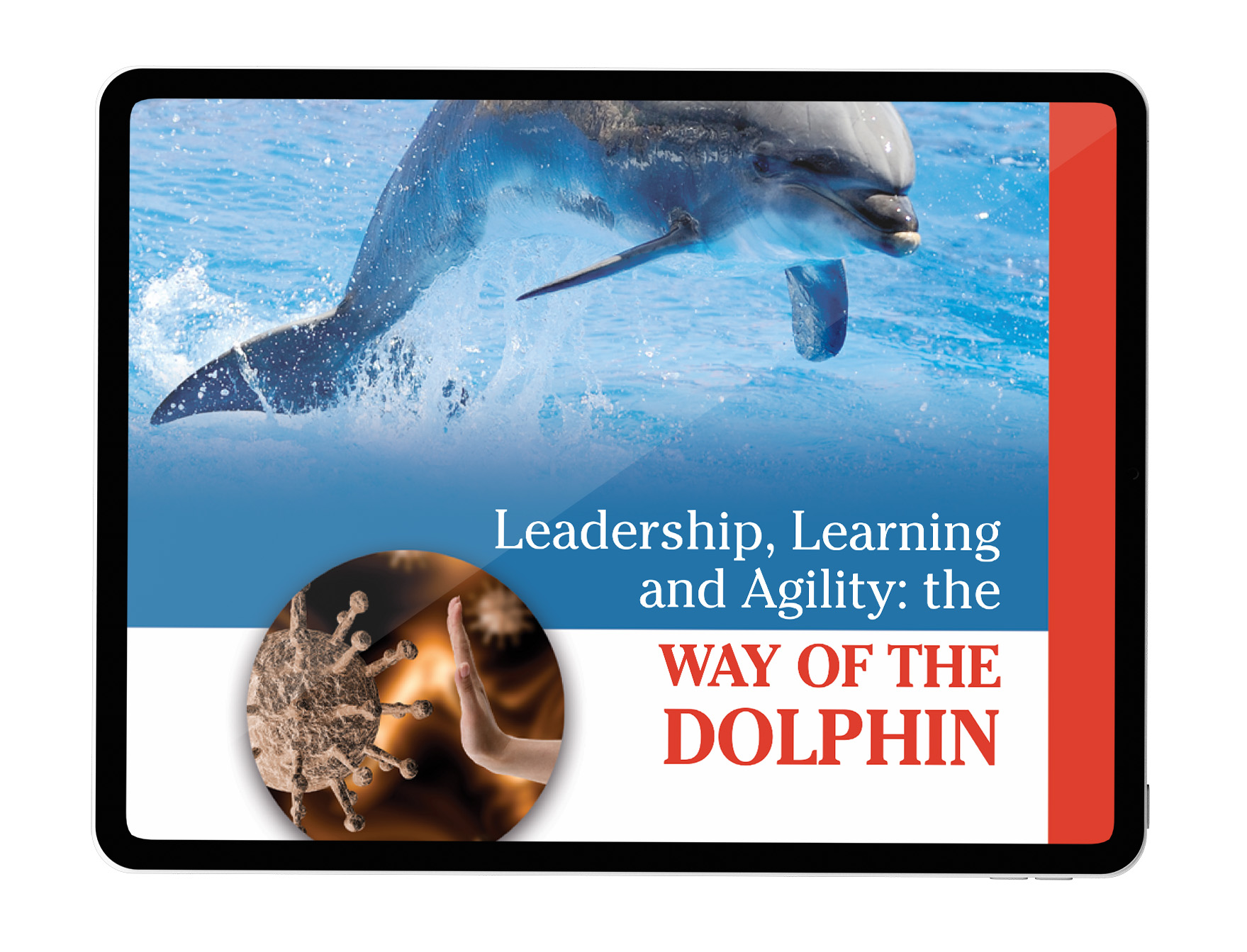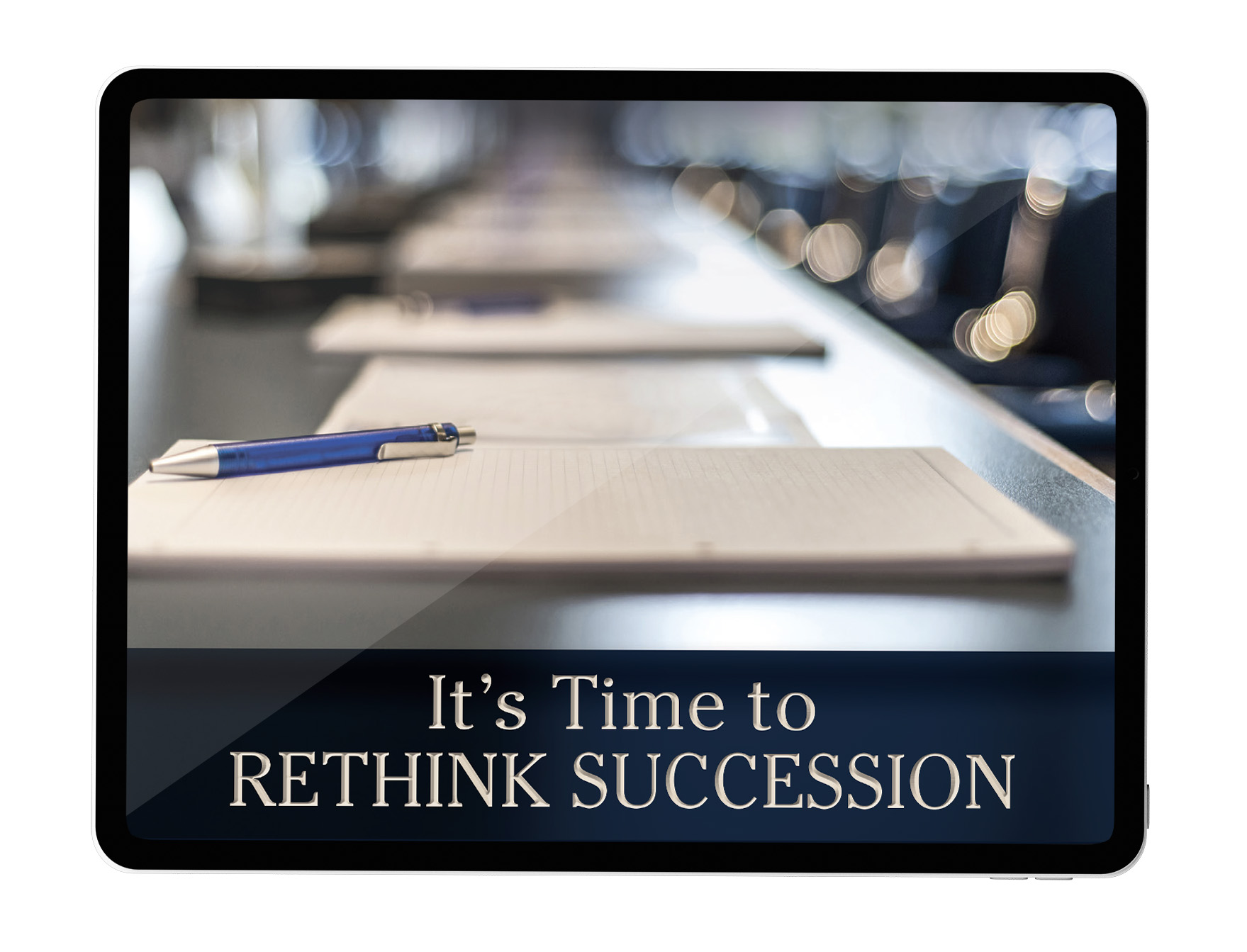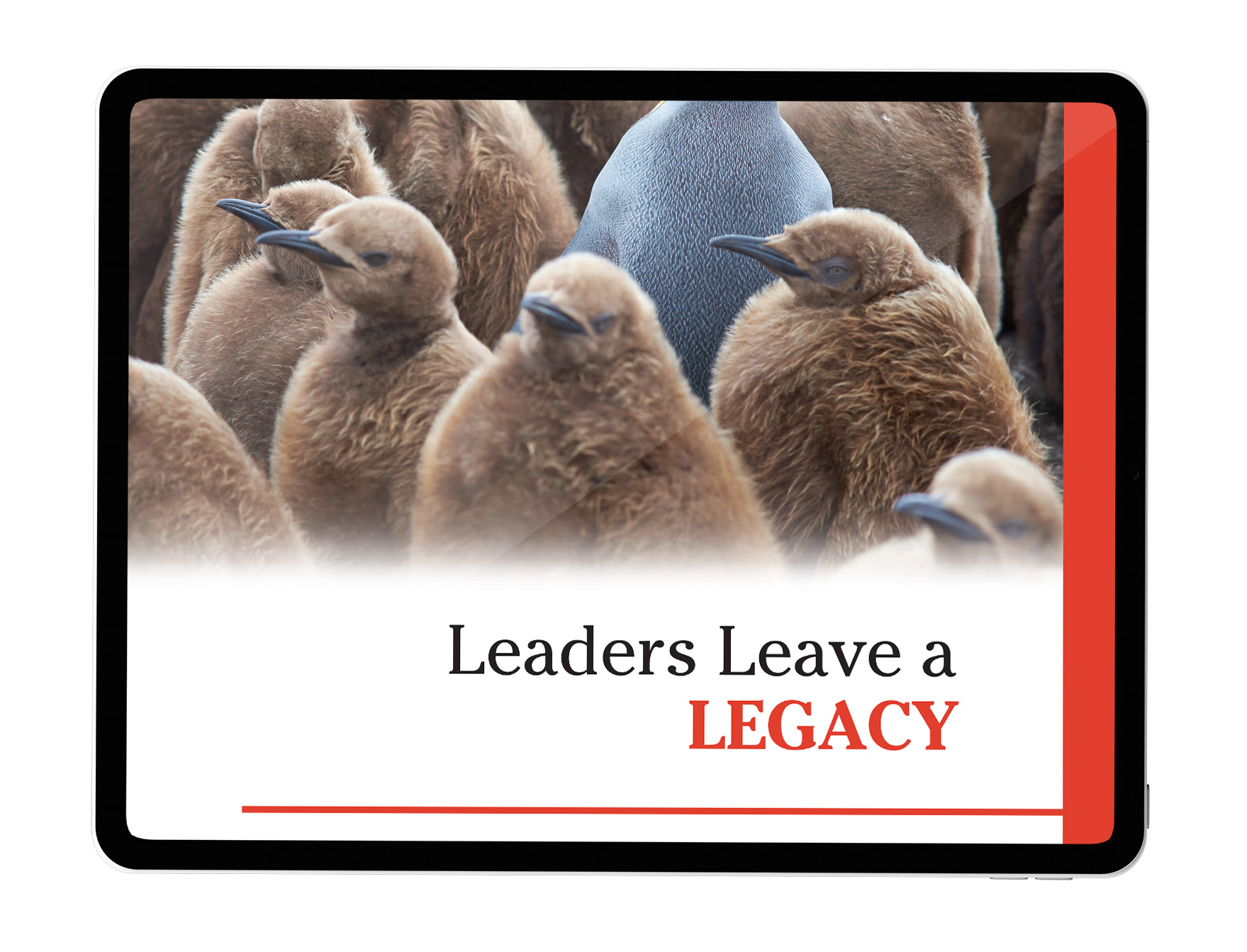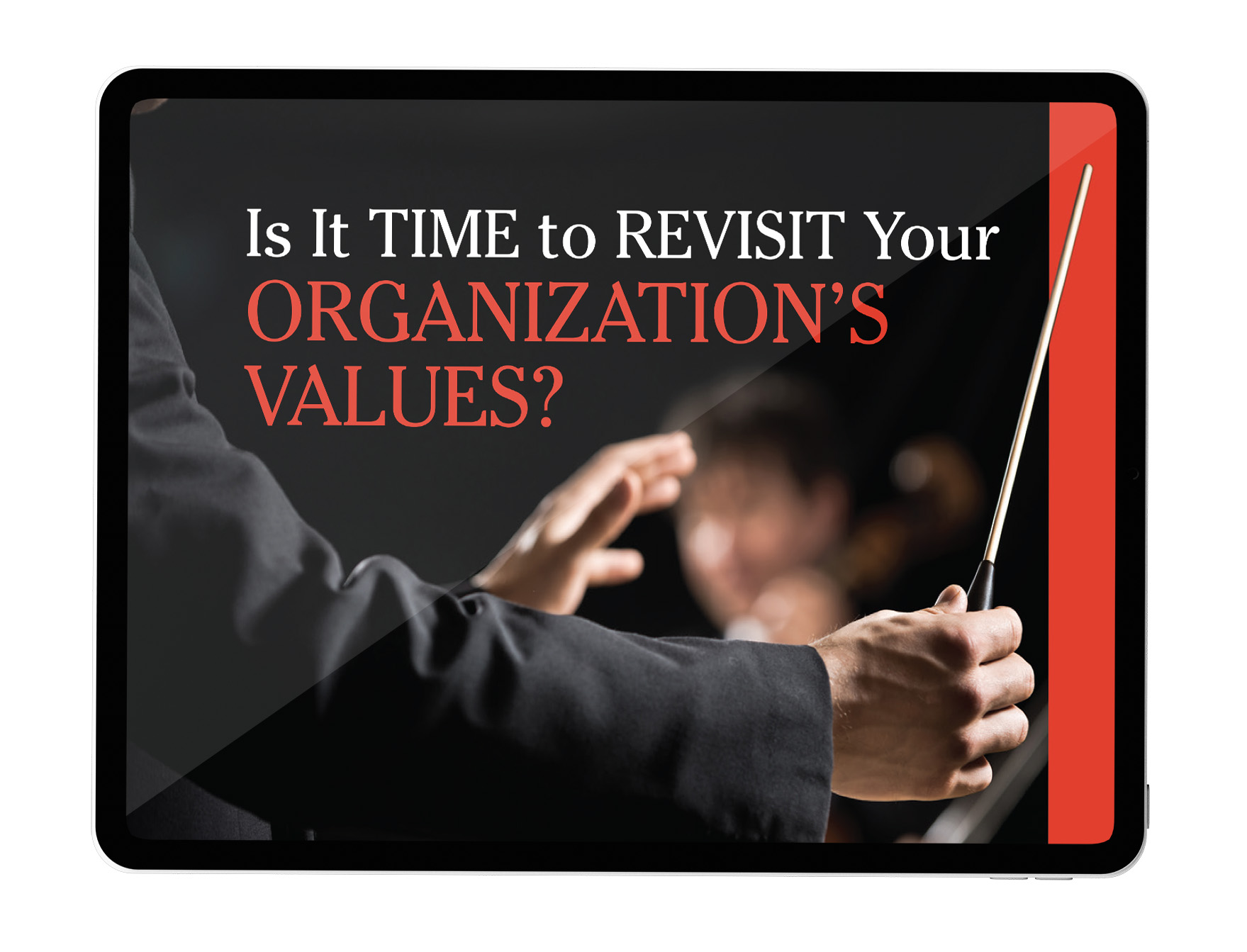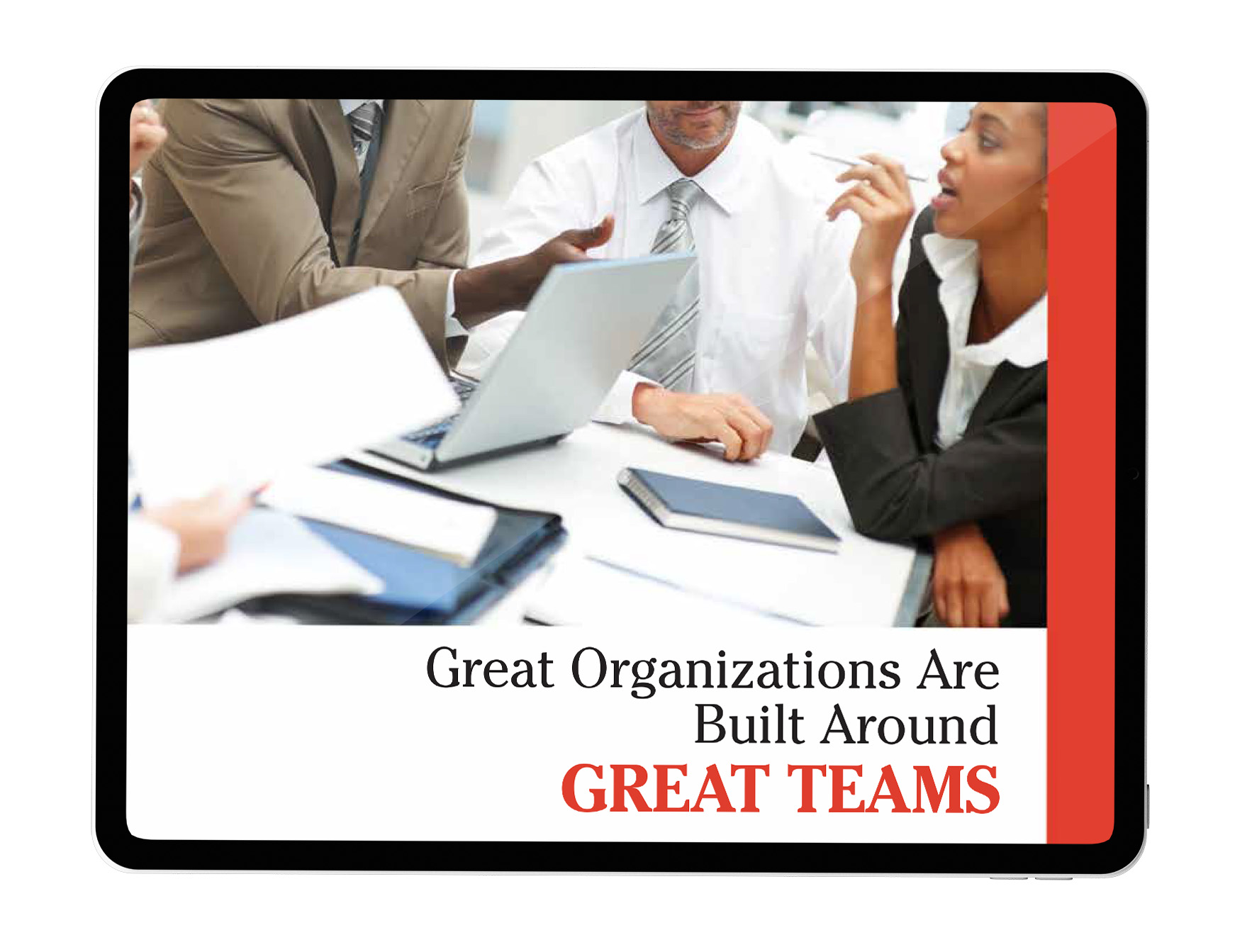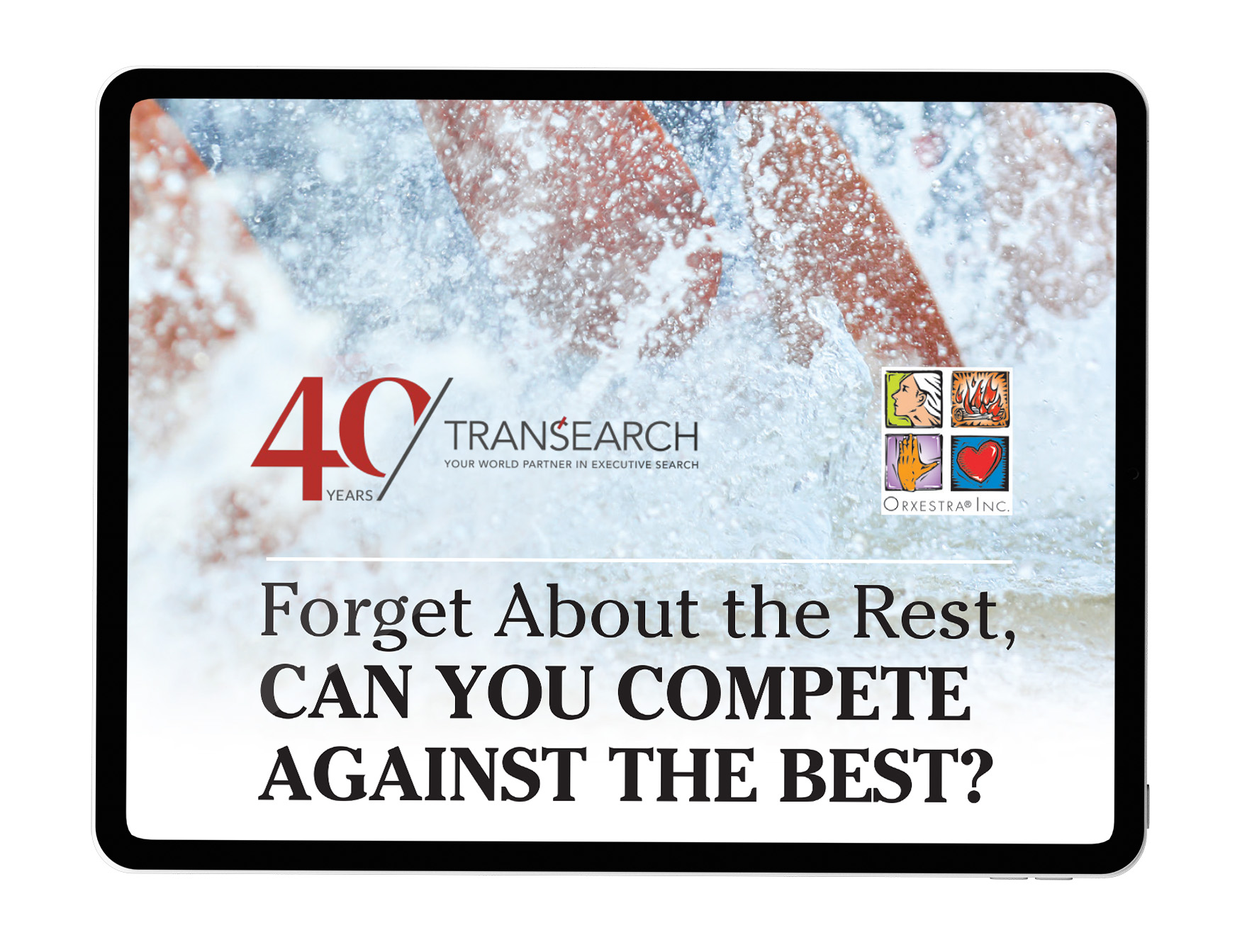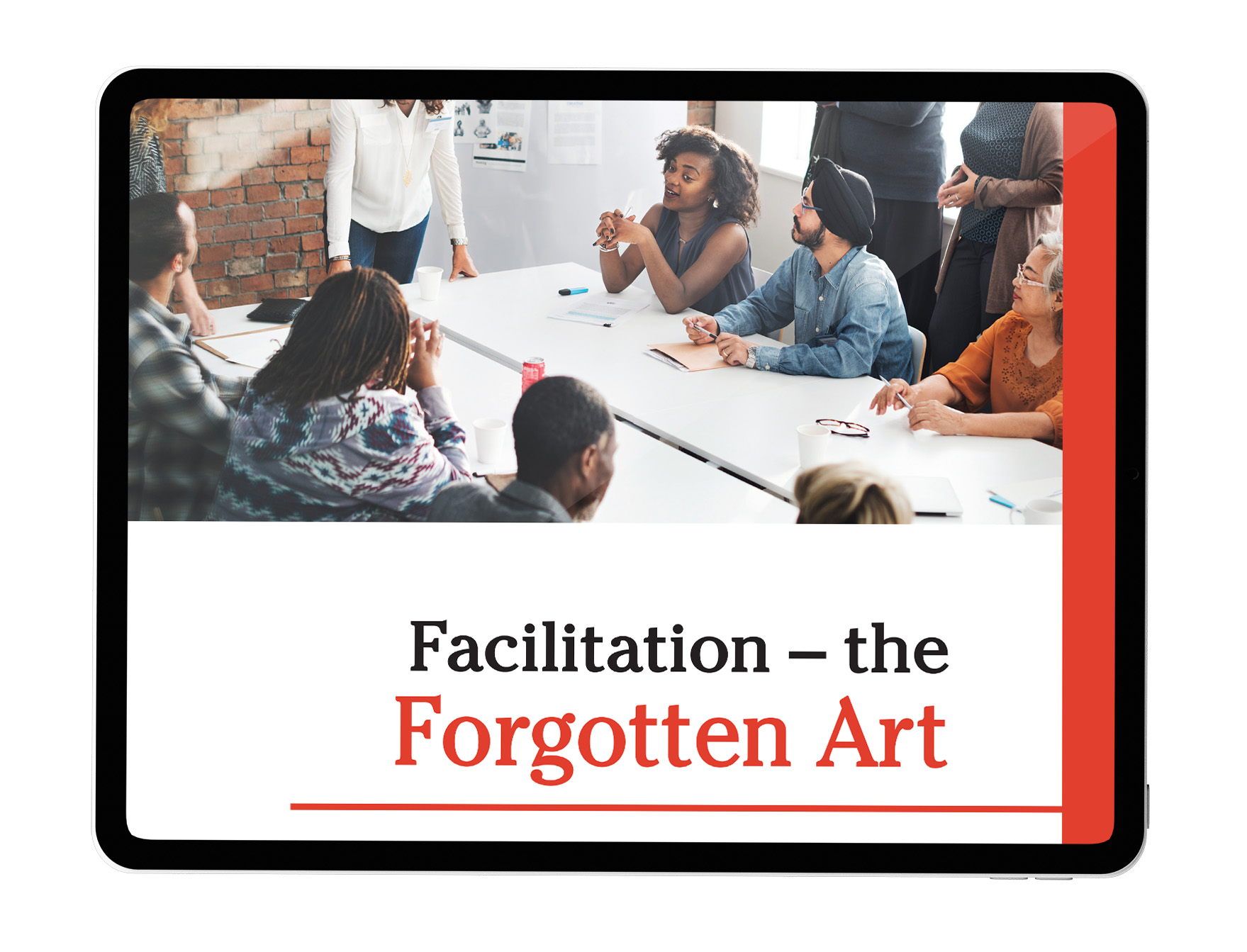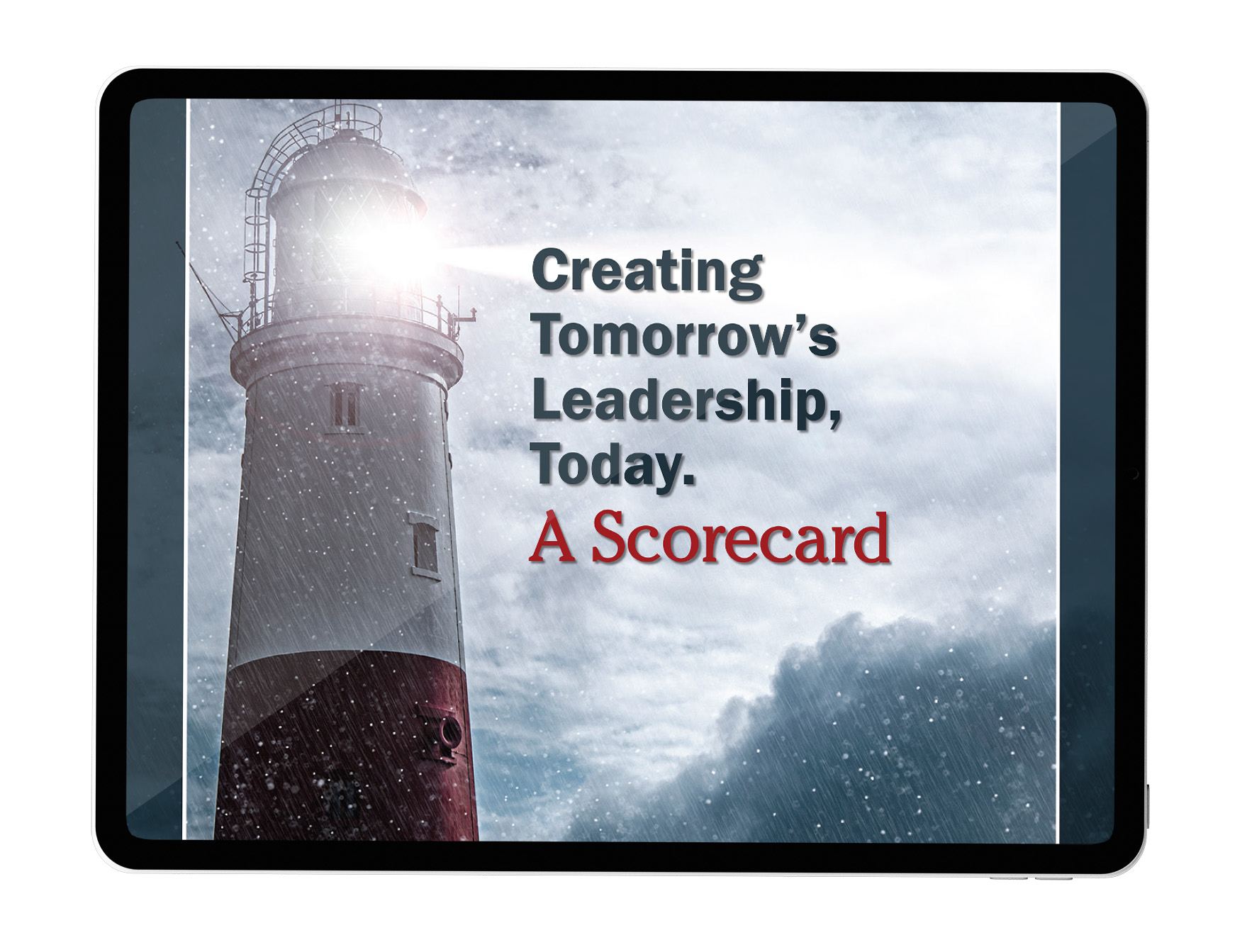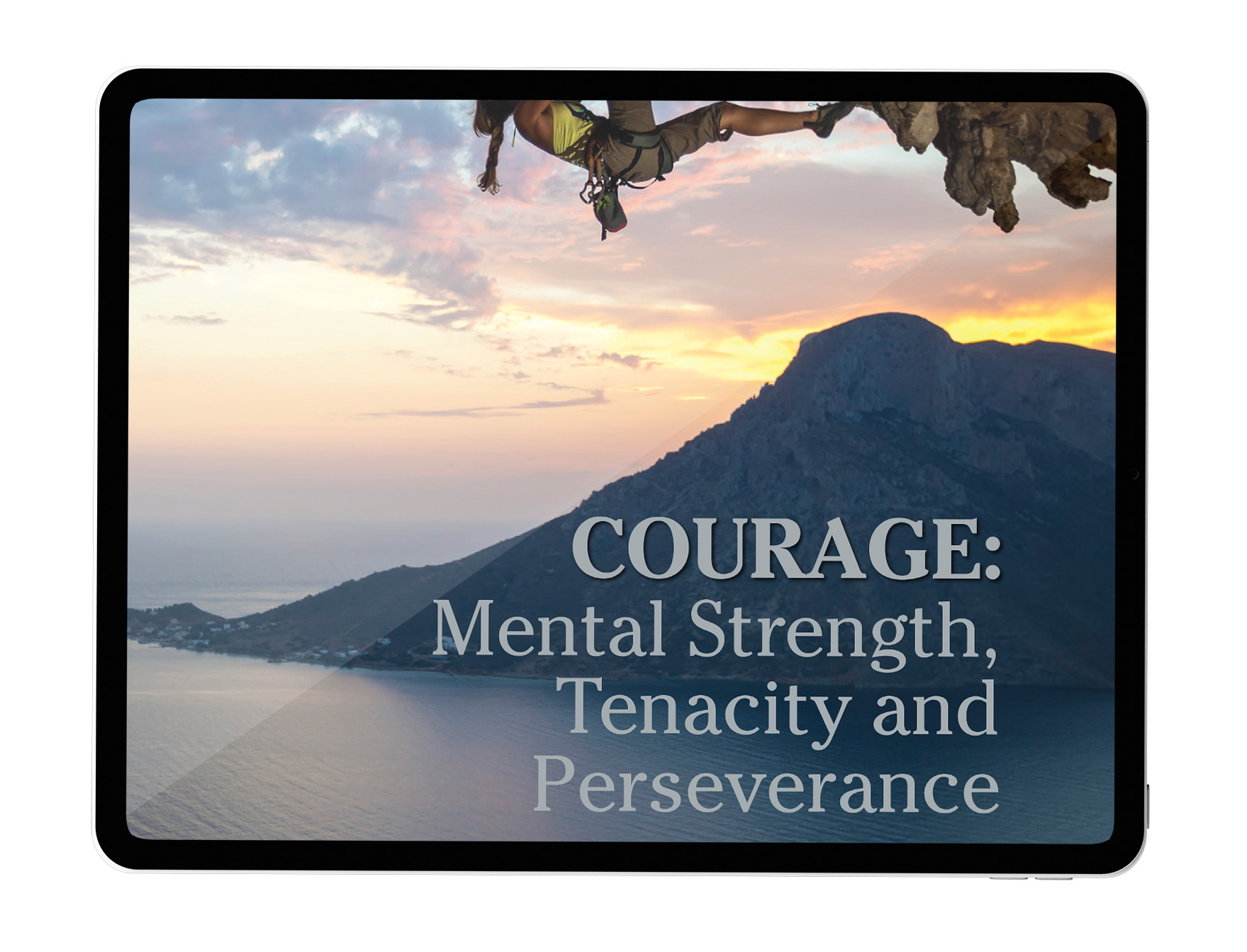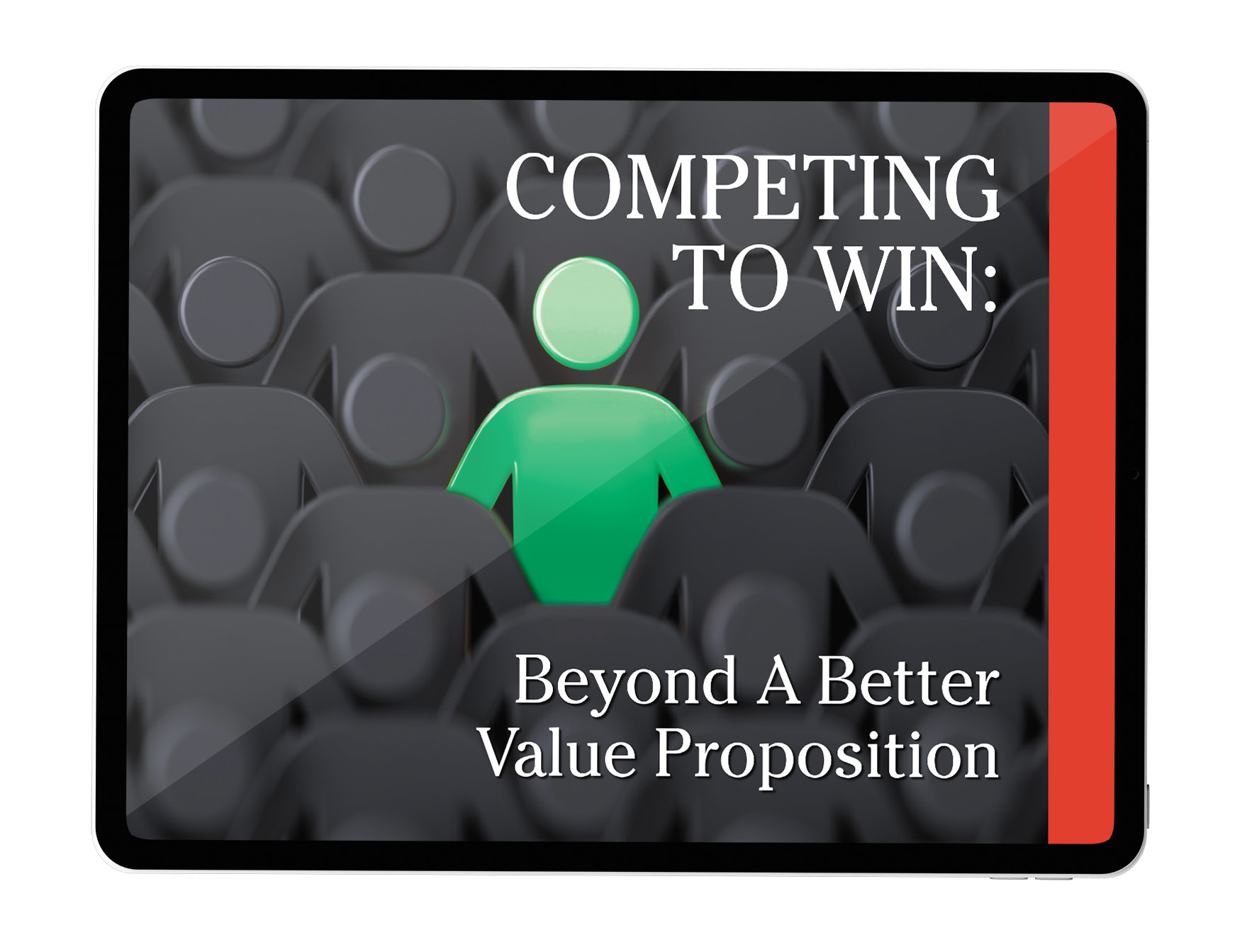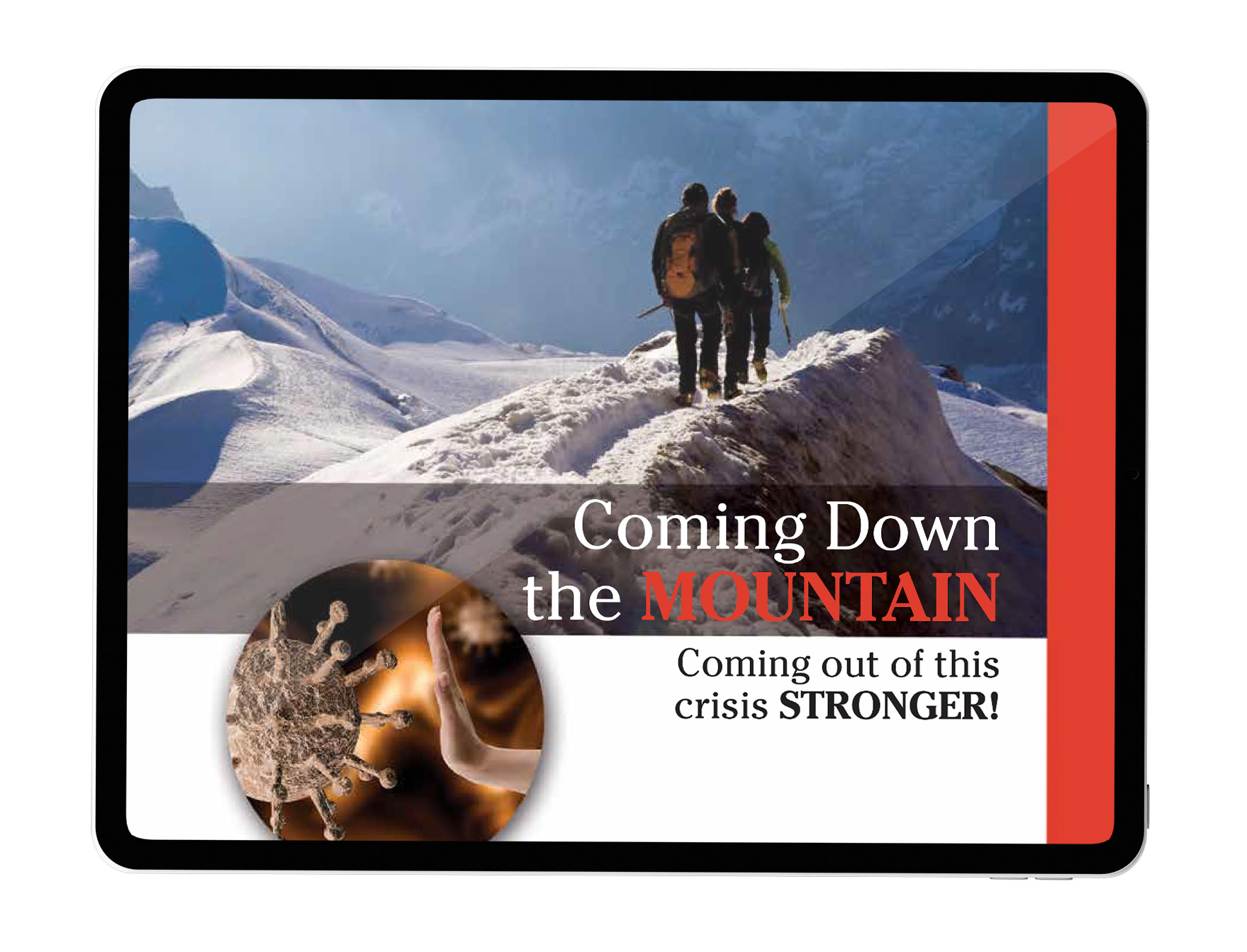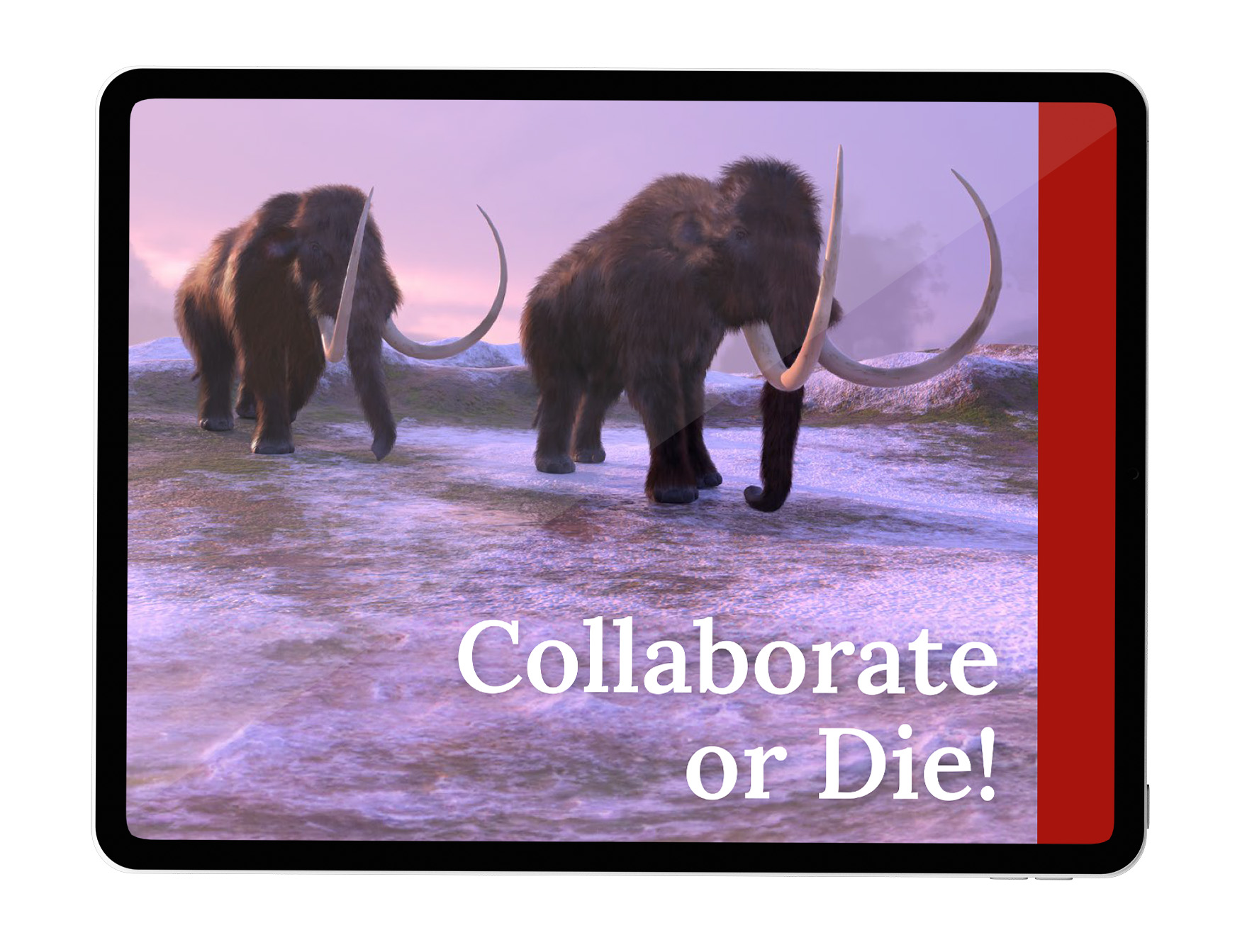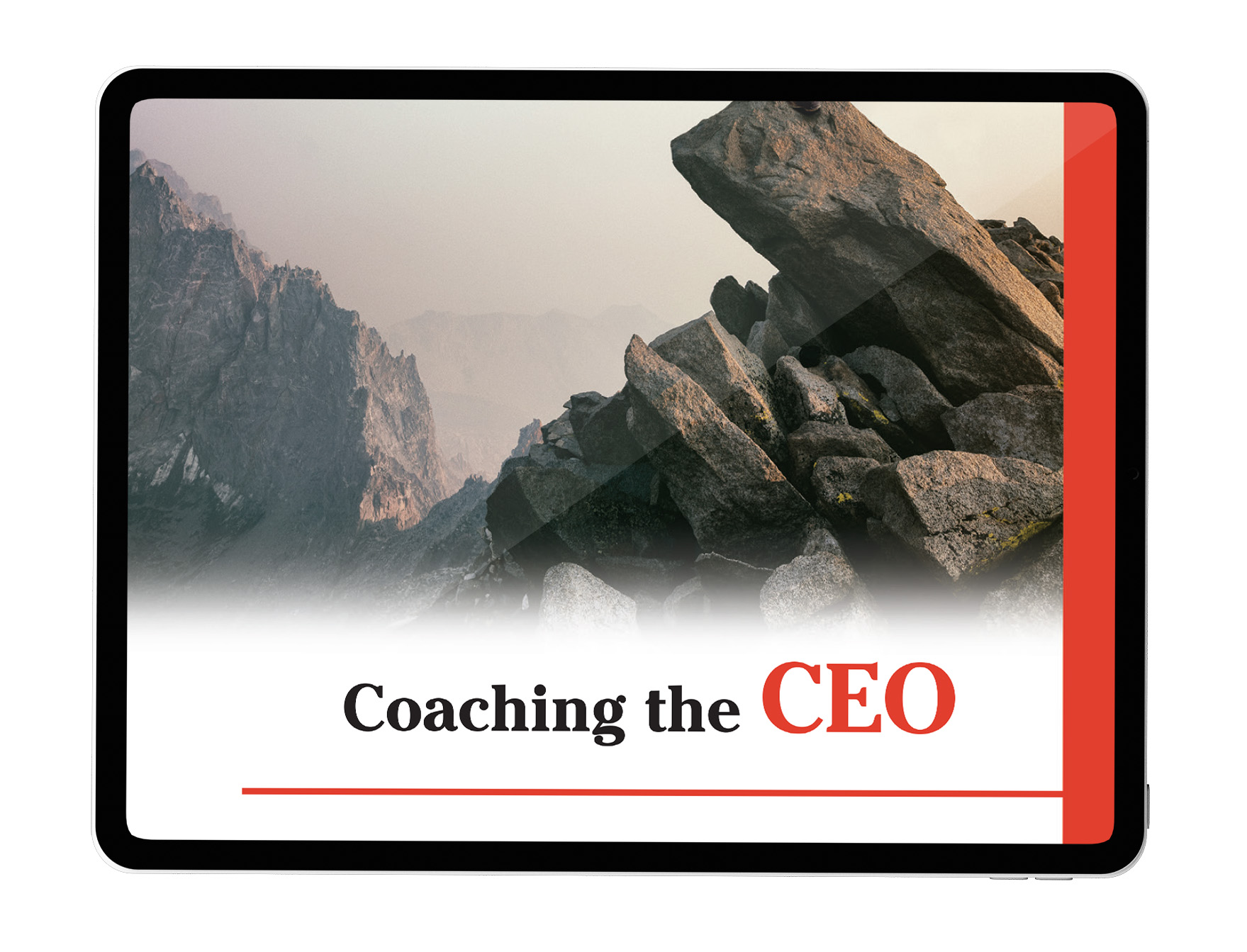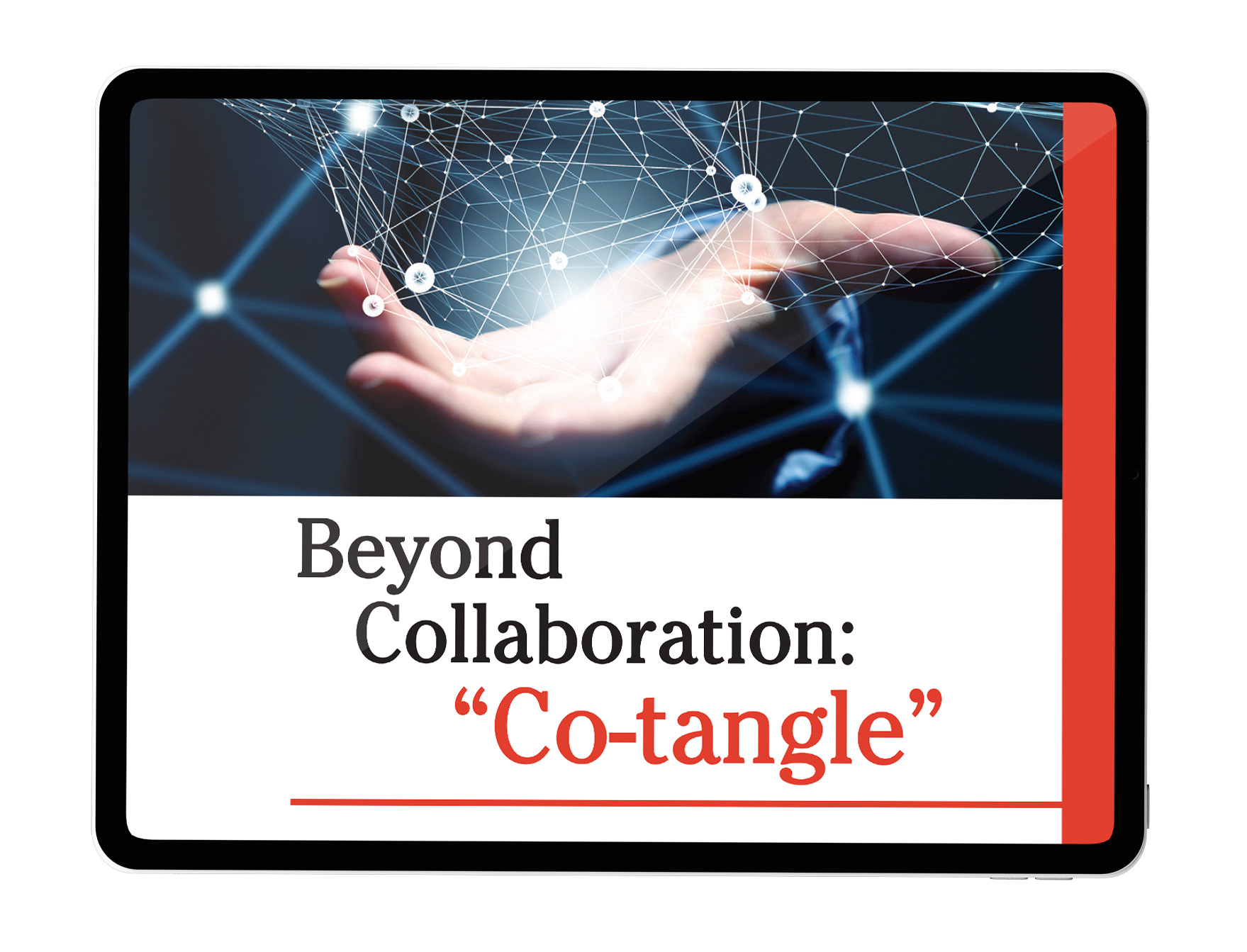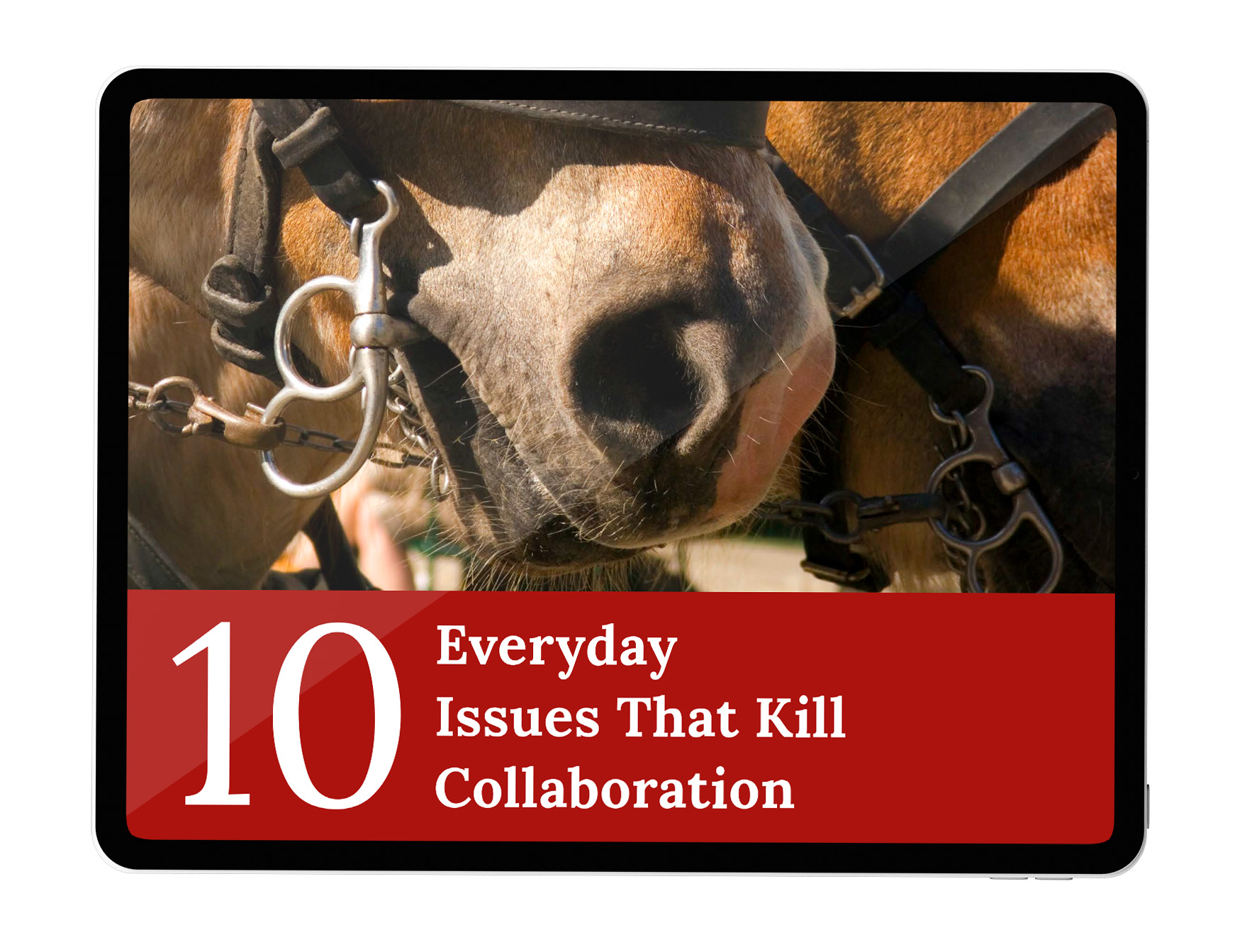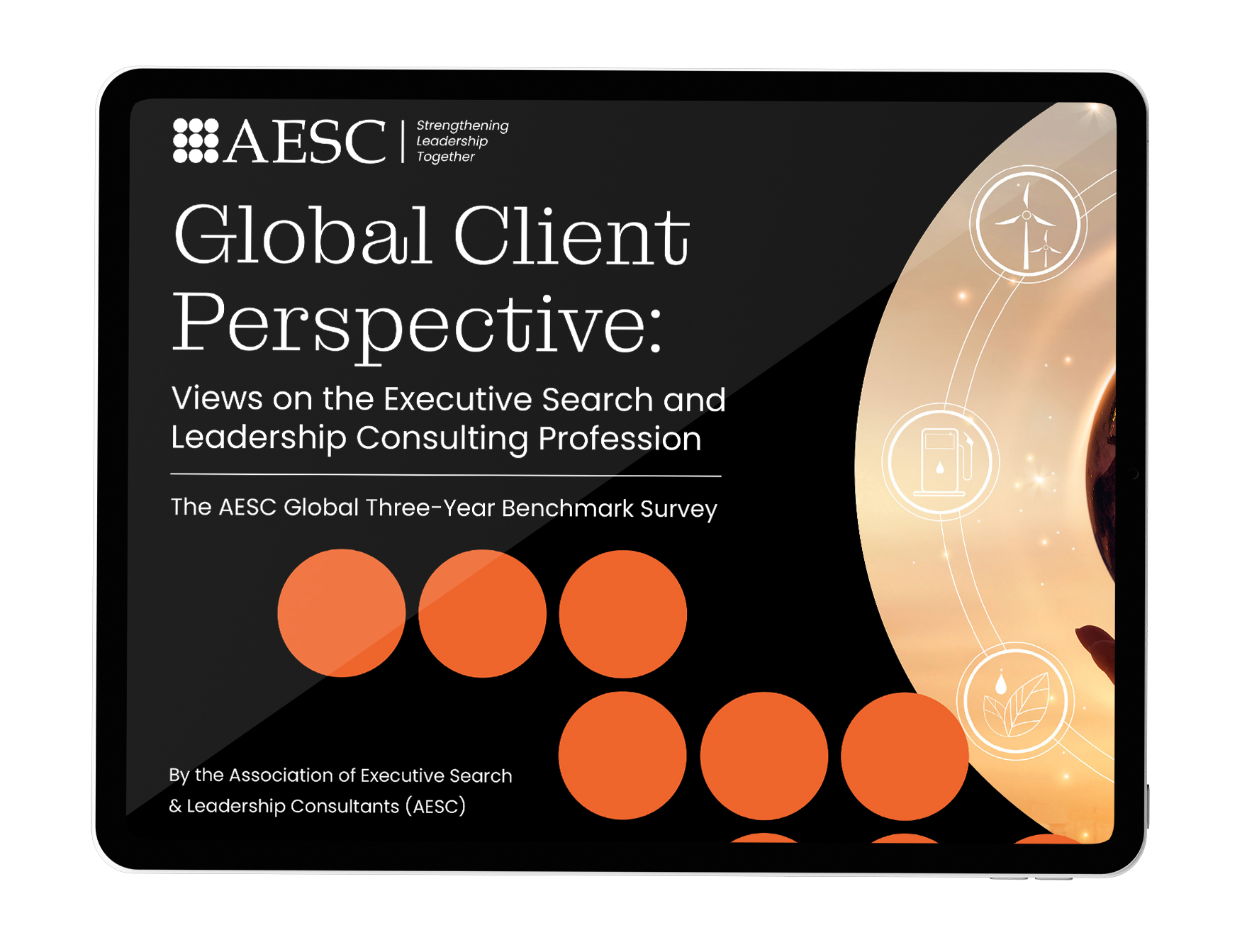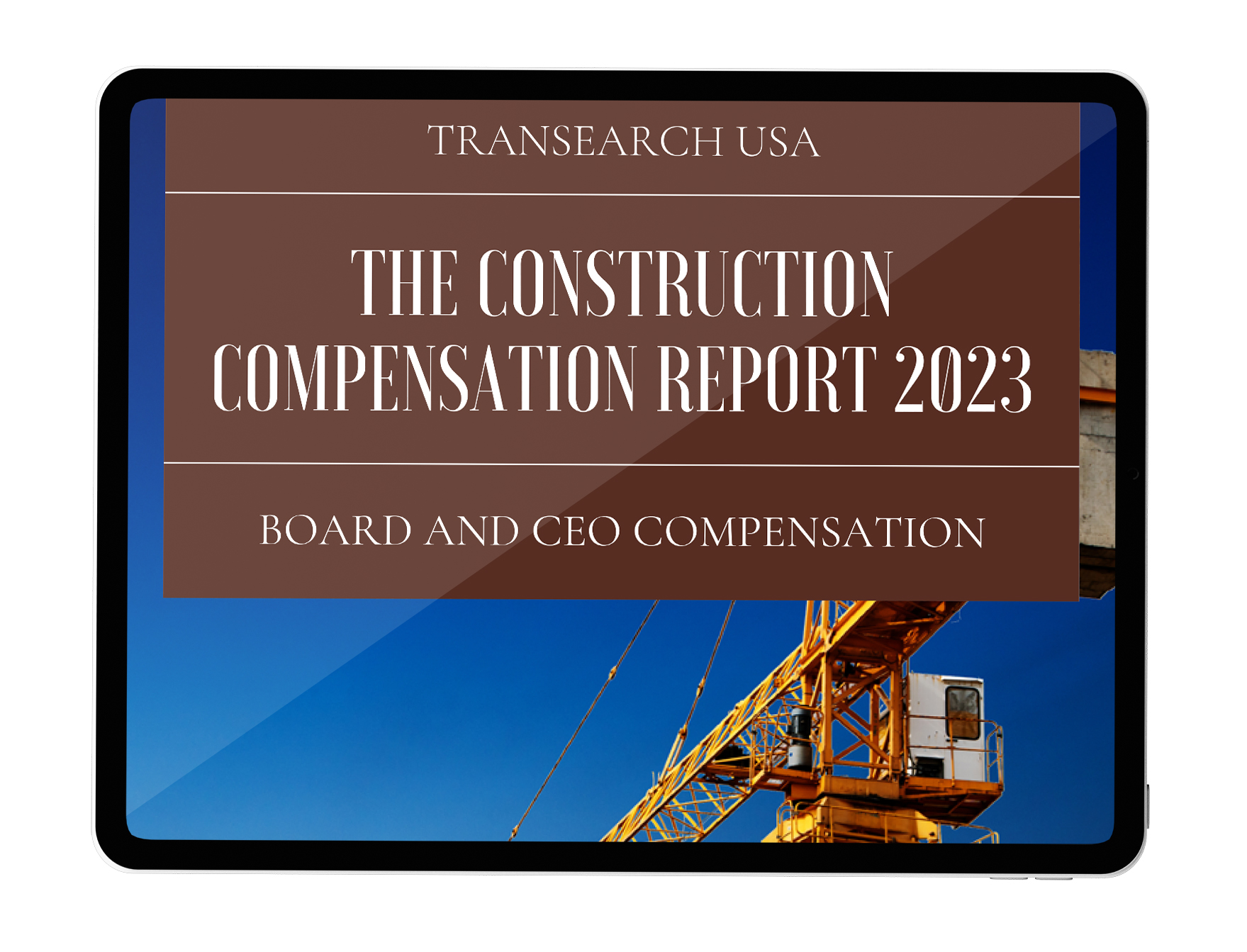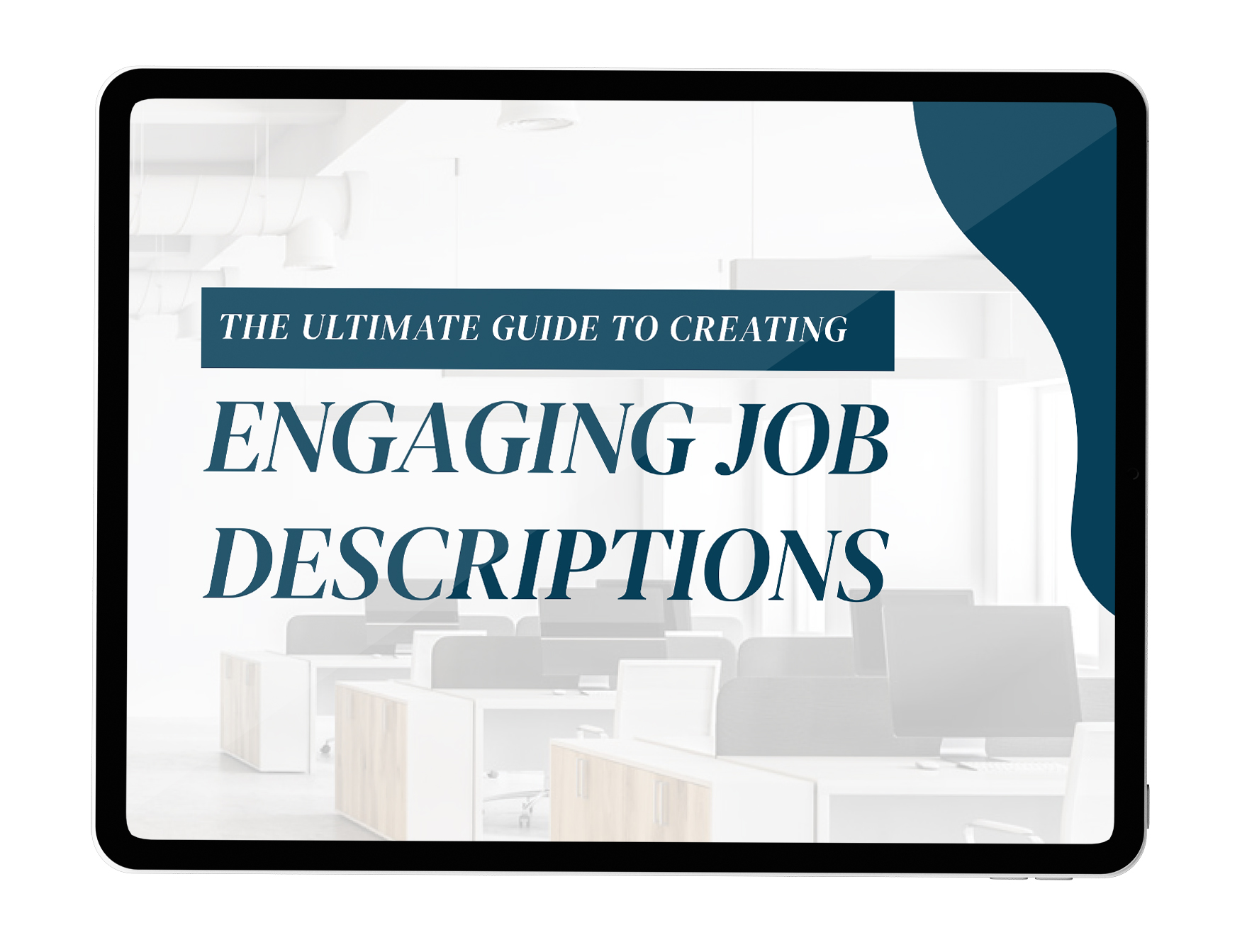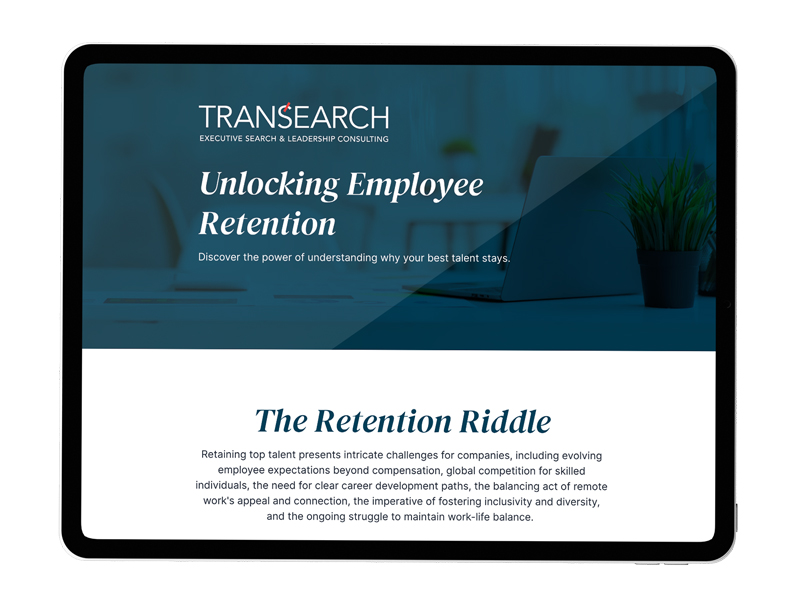HR and Organizational Development professionals have long stressed the importance and value of a diverse workforce. CEOs and Boards today recognize the cultural, branding, and economic significance of celebrating and encouraging Diversity, Equity, Inclusion, and Belonging in their businesses.
It is a burgeoning field!
A steady stream of companies in the U.S. and Europe have not only made DE&I core tenets of their mission but are actively creating roles specifically devoted to diversity mandates. The volume of businesses hiring diversity professionals has spiked by 30% in the U.S. and 80% in Europe.
DE&I roles are varied and require broad skillsets. The most common title we see in the market is Director, Diversity & Inclusion. The Inclusion and Belonging strategy can be executed by a well-rounded team, including – a Chief Diversity Officer, D&I Manager, Diversity Recruiter, D&I Consultant, and D&I Specialist. The opportunity to ramp up roles focused on DE&I has never been better.
Here are four tips to help you create a compelling and high-touch Diversity, Equity, Inclusion, and Belonging functions.
1. Align DE&I with Corporate Strategies
Gone are the days of merely creating a committee to develop and lead quarterly diversity webinars that no one wants to attend. Today, it is imperative to name a dedicated diversity leader accountable for the strategy and implementation of a companywide program.
Your diversity leader must be part of your overall business strategy. DE&I strategies are most impactful when all levels of the organization are involved. Candi Castleberry Singleton, Amazon’s VP of Global Diversity, Equity & Inclusion, notes that when companies embed diversity into the strategy and invest the resources needed, people will find ways to meet the goals. She states, “Employees will watch for and respond to the social identity cues that show that inclusion is a core task, not a peripheral one.”
Companies like Amazon, Pinterest, Slack, Microsoft, and General Motors acknowledge that DE&I is a competitive differentiator. It engenders employee engagement and retention, boosts bottom lines, and is a strategic imperative. “Investing in (diversity positions)….makes your employees happy… (and) if your employees are happy, they’re more likely to stay,” said Mary Pharris to CNN, a director of business development and partnerships at Fairygodboss, a job review site for women.
2. Get Everyone Involved
Develop employee resource groups that cater to people who identify with a common gender, race, ethnicity, or stage of life. At Estee Lauder, there are 30 ERGs globally with 4,500+ employees participating. Such groups help bring together different perspectives, ideas, and experiences from employees, embedding DE&I in the company culture.
Encourage mentoring relationships. About 70% of Fortune 500 companies have mentoring programs. Mentoring fosters a culture of belonging, arms employees with new knowledge, and boosts the quality of work. It makes perfect sense to blend mentoring with DE&I. According to the Center for Talent Innovation (CTI), women of color with mentors are 81% more likely to be satisfied with their career progression than those without mentors. Mentoring initiatives can help groom, develop, and empower employees focused on diversity across the spectrum.
3. Know Your Metrics
Peter Drucker, a brilliant management theorist, once said, “What gets measured, gets done.” I think that’s excellent advice to follow when building burgeoning diversity and inclusion functions.
Look at your baseline metrics, such as Gender and Ethnicity Distribution. Chart your turnover, time to hire, applicant pipeline, and source of candidates along gender and identity lines (if known). Identify your gaps and prioritize the initiatives that help fill those spaces.
4. Build a Pipeline of Diversity Professionals
Recruiting diversity strategy professionals is an emerging field, and many companies don’t have a talent pipeline.
Build relationships with internal and external DE&I talent. Cultivate partnerships with groups that attract people passionate about diversity initiatives, such as Women of Color in Technology, the Society of Hispanic Professional Engineers, and other organizations focused on career development of veterans and people with disabilities.
As a recruiter, I have always prioritized attracting a diverse pool of candidates, and it’s been so rewarding to see that our clients are proactively seeking out diverse talent in the past few years. I have become a Certified Diversity Sourcing Professional (CDSP) to ensure TRANSEARCH is up to speed on the most innovative tools and technologies for recruiting.
We are in the golden age of DE&I
There is tremendous expansion, visibility, and interest in this field. We see a widespread desire amongst companies to ingrain diversity and inclusion into the fabric of businesses. By following some of these tips, you will be well on your way to establishing best-in-class Diversity and Inclusion functions.





















